Old Growth/Tree species distribution, soil depth and linguistic artifacts as indicators of cultural maturity
exploring the potential of learning to "read" temperate forest landscapes as living stories and history books that tell you about the nature of the human cultures which shaped them
This post serves as the 31st post which is part of the (Stacking Functions in the Garden, Food Forest and Medicine Cabinet : The Regenerative Way From Seed To Apothecary series).
We were raised to believe that modern industrial civilization (and the various statist cultures that are part of it) are the crowning achievement of humanity and that we are so “advanced” and impressive with all the wonders our technologies can accomplish, but this begs the question, by what metrics do we measure how “advanced” a culture is?
What I have found in my time learning about the forest ecosystem (and ancient man-made forest ecosystems) of the region now referred to by most as southern “Ontario”, “Canada”, is that when you learn how to read a forest landscape like a history book it has a lot to say about the cultural maturity of the humans that have lived there (and do live there).
Some trees take an entire generation to begin producing a harvestable crop when grown from seed. In today’s instant gratification, glorified exploitative Big Ag dominated profit margins driven society, very few people are gonna take the time to plant Hickory trees from seed to plant nut orchards (which will make them no money for 20 years) but that can feed their children, grand children and great great grandchildren.
Hickory in particular (or more specifically the almost total lack of old growth hickory groves) are an exceptionally vivid indicator of cultural adolescence here in southern Ontario (which is also expressed in every other province here, given each forested region would have its own species of tree that fits this parameter).
My friend
from New Hampshire (in the US) reports a similar situation with a lack of elder Hickory (despite the fact that those trees are native to the area and were once abundantly cultivated there by indigenous inhabitants).The quantity of old growth individuals of that species of tree in particular (in regions where the terrain, topography, weather and soil are well suited for their needs) speaks loudly about the level of maturity of the human culture that lives there. After all, when tended with patience (Shagbark and Kingnut Hickory can reach 350 years old or more and typically produce over 200 pounds of food for over 200 years of their lifespan) these are trees that can truly serve as “Anti-Famine Trees” (the nickname given to these generous rooted beings by the forest tending peoples of the Haudenosaunee Confederacy).
However, to the individual that seeks instant gratification and cares not what happens to their great grandchildren, the prospect of chopping down all the mature hickory one is able to (for quick profits and wood that smokes tasty meat) is very tempting (despite the fact it would mean every person living on that land for several generations afterward would have to work a lot harder to feed themselves).
As I noted in my article on Kingnut and Shagbark Hickory this land where I live used to be filled with highly advanced forest scale farming systems that were apparently indistinguishable from an intact climax forest ecosystem to the colonists (or at least regarded with as little respect as the non-tended “wild” Carolinian Forest that once existed here from horizon to horizon.
For more info on this species:
The people that lived here used axes and fire to clear small percentages of the forest for building their towns and polyculture (three sisters) annual crop fields. When these communities decided to move their corn, bean and squash fields to a new location, those previous three sisters plots transitioned into being tended in alignment with the ecological succession of native tree species as part of an advanced 50 plus year cyclical food forest plantations. Those food systems became permanent self-perpetuating food and medicine production systems as part of a highly advanced regenerative farming system had been being implemented on the land where I now live for literally millennia by indigenous horticultural experts. Their clearings became new food forests (which to the untrained eye functioned just like an early succession native forest ecosystem) less than a century later (becoming a functional old growth forest that produces food for both humans in large quantities and wild life centuries later). These communities left abundance and ecological integrity in their wake.
Here are some accounts of well tended to “orchards” (actually advanced regenerative agroforestry polycultures, aka “forest gardens” or “food forests”) in 1491: New Revelations of the Americas Before Columbus by Charles C. Mann. The accounts are regarding the Food Forests of the Haudenosaunee people from the area where I live now in the Eastern Woodlands of Turtle Island:

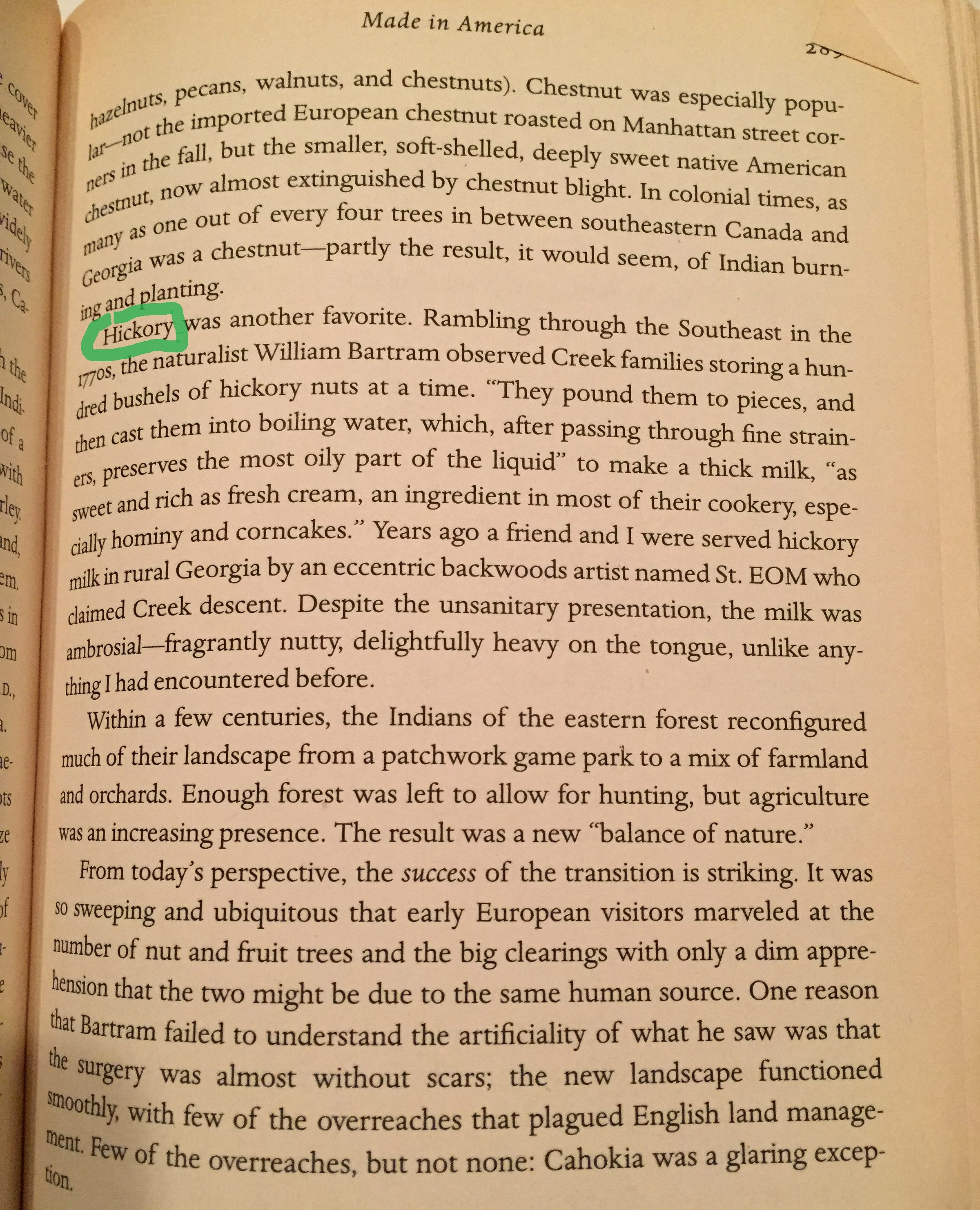
Fast forward to today, in what is now called southern Ontario in the Eastern Woodlands of Turtle Island, 99.98% of the primary Carolinian Forests and old growth food forests that once dominated the landscape from horizon to horizon have been cut down in the last 150 years.
What was once a thriving forest ecosystem with Paw Paw (Asimina triloba) groves thriving underneath a 100 foot high plus super canopy of Butternut, Eastern White Pine, Sycamore, Black Walnut, American Chestnut, Giant Oaks, American Beech, Shagbark Hickory, Sugar Maple and Tulip trees with large tracts of anthropogenic food forest mixed in is now mostly GMO soy and corn fields, strip malls, hydroponic greenhouses, factories and concrete. Based on my research and field expeditions I estimate that no more than one tenth of one percent of the original forests (untended primary Carolinian Forest, which stretched from horizon to horizon as well as anthropogenic old growth food forests, which used to cover tens of thousands of acres here in Essex county alone) still exist today.

The most aggressive and arrogant deforestation of Southern Ontario (peaking in a clearcutting frenzy about 120 years ago) was in large part instigated and encouraged by the “Dominion of Canada” government putting out advertisements offering “free land” to anyone that would clear the forest, sell the old growth trees to the military for their ship masts and grow a monoculture annual crop on the land. The government propaganda conditioned settlers to view the forest as an “obstacle” and something that needed to be cleared to bring “order” to the land. One of the main motivations behind that push was to get people to do the dirty work of chopping down the 250-400 year old white pine to supply British with masts for the Navy to be able to perpetuate it’s war racketeering operations.
Of course, it was not “free land” being benevolently gifted to poor up and coming immigrants to help get them started (as the propaganda posters implied) is was blood soaked stolen land, and land that had been carefully tended for generations to create a multilayered self-perpetuating resilient and diverse food production system that the European colonists were too ecologically illiterate and arrogant to recognize for what it was.
I share this to illustrate how the vague government propaganda inculcated ideas that many people have in their minds about European industrial civilization “improving” life here and “developing” the “natural resources” or “making use of land that was just going to waste sitting there for agriculture” is a flat out lie and a fallacy. This land was already being tended with purpose and the food cultivation system that were being implemented here for well over a thousand years prior to those clear cutting operations were far superior in every way to modern farming practices.
Similar stories of short sightedness and greed can be found of that time period in Michigan.
One of the most vivid description of the Cultural Food Forests of Eastern North America I have encountered so far comes from an early pioneer from the state of Michigan, 1884. What he tells is a sobering testimony to what has been lost, but if we begin to remember, we can let it be so again:
“In the forest we found the whole family of oaks, of the Michigan family, some twelve different kinds, and among them the burr oak, bearing an acorn good to eat, and on which hogs would fatten. In the timbered lands were the new trees called the basswood, of which the best timber for building was made; and the black walnut, more valuable than cherry for cabinet work. It also bore a large and very rich nut, and with it were the whole family of the hickories, all bearing good eatable nuts. Besides these were the butternut, the beechnut, and the hazelnut, all bearing an abundance of their fruit. Throughout the woods we saw the grape-vine hanging from the trees laden with its fruit. We saw vast thickets and long rifts of blackberry bushes lately burdened with their tempting berries. And we were told that the woods and hillsides and openings, in their season were fairly red with the largest and most delicious strawberries, while the wild plum grew along the small streams, the huckleberry and the cranberry on the marshes, and the aromatic sassafras was found throughout the woods. The annual fires burnt up the underwood, decayed trees, vegetation, and debris, in the oak openings, leaving them clear of obstructions. You could see through the trees in any direction, save where the irregularity of the surface intervened, for miles around you, and you could walk, ride on horse-back, or drive in a wagon wherever you pleased in these woods, as freely as you could in a neat and beautiful park.”
“Pioneer Annals” by A. D. P. Van Buren, in “Report of the Pioneer Society of the State of Michigan”, Volume 5, 1884, pg. 250.
Just like here in southern Ontario, those ancient food forests in Michigan are all chopped down now except for fragment remnants.
Evidence indicates that regenerative agroforestry designs were being implemented by indigenous people of the eastern woodlands of Turtle Island 1,500 years ago. Some of the results can still be seen today, examples of the robust, anti-fragile subsistence systems practiced by indigenous Iroquoian peoples. If the indigenous cultural landscape could be seen four hundred years ago from a bird’s eye view, it would be a shifting mosaic of food and medicine producing anthropogenic ecosystems fluidly melding one into the other, and incorporating the full spectrum of diversity of species and habitat types.
When many people seek to learn about indigenous food cultivation systems of Turtle Island, they end up reading about the famous Three Sisters. Three Sisters appear consistently in the archaeological record as an integrated polyculture, starting in about 600 AD. The people of the Haudenosaunee Culture are thought of as the first farmers in the northeast, though the evidence now indicates that is an over-simplification given how that story says nothing about the ancient food forests that those same cultures created.
Today, the lack of old growth Hickory and Oak (which provided for communities here for centuries) speaks to the type of culture that has shaped and continues to shape this land.
This place (which many now call “southern Ontario”) is where the majority of the pre-colonial food crops of this region have been removed and/or forgotten/relabelled (some now judged by the priesthood of industrial GMO agriculture/chemical horticulture as “weeds”).
I would estimate about 98% of the food on the shelves of large grocery stores here is produced by non-native species and the majority of items are either imported or contain imported ingredients. '
The stupidity of how people relentlessly spray these useless front lawns with poison and then complain when one of the few surviving elder oak or hickory trees gifts them real food in the form of nuts (describing the acorns or hickory nuts as a “mess” and paying someone else to gather the nuts and throw them away, while they go to the store and pay top dollar for imported walnuts or pecans) is sometimes very challenging for me to witness. This is a place where people spend huge amounts of time fighting Milkweed, Cattails and Elderberry with machines and poison when those three native plants could be feeding them. It is worth noting that most of us will find that the same type of situation that I describe above is occurring in your locale.
I propose that what I describe above expresses a quantifiable degree of the cultural maturity that shaped the current average landscape and species distribution here.
Based on what I know of the forest species distribution of this region from a few centuries ago to now, I give the current culture that stewards this place (modern industrial Canadian Statism) a 2 out of ten.
In other words, in areas where the naturally occuring tree species, soil and climate result in thriving long lived old growth forest habitats, if you look around you and find most of the old growth has been chopped down by members of one culture, that lack of water cleaning/attracting, food providing, air cleaning, soil stabilizing and soul nourishing speaks directly to the degree of Cultural Adolescence and Spiritual Impoverishment of said culture.
The same goes for western “Canada”… the wonders of modern industrial civilization may have been “civilizing” that land for less time than here in the eastern woodlands of Turtle Island (aka “Ontario”) but adolescent cultures do not waste any time in wreaking havoc once they arrive, and the ecological devastation in the west has been significant (even in just the last 135 years).
This image above taken in 1890 (showing humans standing proud over a felled ancient tree that once stood hundreds of feet tall for over a thousand years in the place where the city called “Vancouver” now stands is what the “progress” of modern western civilization looks like. The tree was not desperately needed by these people for survival, it did not pose them any threat, but rather, it was a really big and old tree that could make them some money and so when they ended the tree’s millennia long life, they felt it appropriate to pose (proudly) along side the tree’s fallen body like a trophy.
It makes me think of the type of people that hunted Rhinos into extinction and continue to hunt other beautiful beings like Lynx, Spotted Leopards and Siberian Tigers for sport and profit. These are all clear indicators of the cultural maturity of the society said trophy hunters and ancient tree fellers were raised in.
Look at the rest of the photos below, those images show what used to exist where Vancouver City now stands. There are no more thousand year old beings living in that place, and yet according to our statist overlords Vancouver is consistently ranked as one of the world's “greenest cities” (built on the graveyard of beings that had lived longer than most human civilizations).
In places like BC, you here a lot about "wildfires" and "forest fires" yet 90% of the fires that burn there are in planted logging industry monocultures (that have been doused in glyphosate, soil organisms crippled and underground fungi decimated by large track machines). Those are one species plantations of young trees, not "forests" and they are not "wilderness" anymore either, thus, the fires are neither "wild" nor "forest" related, and are in fact, logging industry monoculture plantation failure fires.
These are some of the symptoms of the sickness of modern anthropocentric industrial civilization, these are ripple effects created by the idiotic behavior of an adolescent culture (that often attempts to scapegoat nature with the blame).
Shifting baseline syndrome warps peoples minds into thinking that what is manmade (in a multigenerational scale) is "natural" and "normal".
The same is true of Eire (aka “Ireland”) and Albion (aka The United Kingdom/Scotland).
As I noted in my post on Decolonizing St Patrick’s Day, just as is the case here where I live in southern Ontario, imperialistic statist regimes have removed over 95% of the elder Mother Trees (in the case of Europe those would have been Oak).
Below is a video of the last remnant of ancient oak, hazel, pine, beech, rowan and apple forests in Ireland (Tomnafinnoge Woods). That type of forest would have covered over 70% of the island prior to the arrival of the Roman Imperialists (such as St. Patrick, his disciples and their successors, that gave orders to cut down all the sacred groves and forested placed where Druids gathered).
The Roman Imperialists managed to destroy a good amount of the forests, but substantial amounts remained up until the arrival of the subsequent waves of the imperialist colonial forces of the Anglo-Saxons, Norman invasion and British Crown (the British Statists were the ones that really finished the job of decimating the Irish Forests).
Even as late as 1634, these woods were estimated to cover tens of thousands of acres, but from then on they were heavily exploited especially for British Navy shipbuilding.
In 1670, the woods were reported to be still extensive, “being nine or ten miles in length'“ and a valuation in 1671 found a total of 3905 acres (1579 hectares) of woodland there.
The forest is now 160 acres in size.
The once numerous and mighty oak, hazelnut, rowan and apple food forests of “Erinn” aka Eire or “Ireland” are almost all gone now, but that does not mean we cannot replant them.
The same is true of Scotland and the UK.
Such is the nature of the inherently degenerative statist religion, the spiritual destitution it instills in humans and the anthropocentric arrogance that Statist religion propagates.
This offers a very clearly discernable measure of the maturity of the degree of the cultural maturity of the society they were raised in, sadly, it continues to do so today, which is why I will be journeying to witness and document one of the last of the intact old growth watersheds on the west coast of BC in August.
For more info on the current situation out west with the last of the intact old growth forest watersheds:
Updated 2025-08-03
An addendum on pre-colonial cautionary tales where ancient Turtle Islanders experimented with “Civilization” and had to grow through their own stages of cultural adolescence :
For the most part, Turtle Island inhabitants have cultivated reciprocal relationships with our more than human brethren and sistren. However, not all pre-colonial indigenous cultures and communities of Turtle Island lived in a way that embodied symbiosis, respect and reciprocity. The peoples of pre-colonial Turtle Island learned some hard lessons when they experimented with “Civilization” (and then decided to consciously abandon it) long before Europeans arrived here.
I want to emphasize that I think that placing any culture, group of people or individual on some pedestal as pure is unhealthy. I feel we should be vigilant to make sure we are not romanticizing their past nor romanticizing the potential of their worldviews to provide solutions to the present challenges we face.
I would also like to highlight the fact that psychopathy, greed and other anti-social traits are not unique to modern western culture. Unpleasant, selfish (and even sometimes ecologically degenerative) characteristics can be observed (overtly) in the traditions of specific isolated indigenous peoples (some of them were slave trading warlords and others may have respected the forest but were somewhat materialistic coveting ornate possessions).
Other indigenous peoples refused to trade with people that enslaved others and wanted nothing to do with money (as was the case with some of the people (as was the case with some of the people that are described in the this essay, who called the Eastern Woodlands, where I now live, home). Thus, I feel that while no culture is perfect, and some may have lived in a way that expressed more compassion, ethical social structures and holistic thinking than others, one thing is certain, and that is that these starkly contrasted cultures offer us helpful sign posts as we attempt to navigate and forge a path towards a more honest, equitable, kind, abundant and regenerative future.
Each one of us can seek to tap into the deep well of place based knowledge that was gathered and honed over centuries to millennia by those who lived close to the land and to the forest before we moved to where we are today. For some of us finding the way into that ancient wellspring of knowledge may require some excavation as centuries or even millennia may have passed since those who lived close with the land and who had reverence for and who gathered the knowledge of the medicine and food plants of that bio region lived there. For me that involves revitalizing Food Forest Design and Polyculture Gardening Techniques which were used here in the Eastern Woodlands centuries ago but it may look different for each of us based on what trees, plants, fungi, climate and topography exist where we live.
Now, here are a few cautionary tales offered to us by pre-colonial Turtle Island cities.
Firstly, the story of Cahokia presented by my friend
.In his post above, Justin emphasized that Cohokia stands alone as an example of when indigenous people built a city state and then consciously abandoned those “civilized” ways, however, I think there are two other cautionary tales of large indigenous communities of pre-colonial Turtle Island (with perhaps similar scale population density and complexity in their hierarchical structures, caste systems, the use of violent coercion by a centralized "government" body and other "civilized" features) I feel are worth mentioning as well.
Firstly, ancient city of Temlaxam (which existed in the territory of the Gitanyow, Gitxsan, Nisga’a and Ts’msyen, First Nations people in the "Skeena" region in what is now called northern "BC", "Canada" and existed over 4000 years ago).
Temlaxam, which extended more than 80 kilometres downstream from the confluence of the Skeena and Bulkley rivers, is said to have been so extensive that “the birds, exhausted, fall to the ground before they are able to traverse the whole city,” according to the adaawx. The name of the walled city, which featured networks of streets and longhouses, translates to “where life is good.”
I do not know how big and how many people live in a city where birds are too exhausted to fly from one end to the other, but that sounds substantial.
Well like Cohokia, Temlaxam became a cautionary tale. Its occupants’ mistreatment of the natural environment was blamed for geological and other disasters, including a catastrophic landslide some 3,500 years ago. The residents dispersed, some becoming the Gitanyow, Gitxsan, Nisga’a and Ts’msyen, also known as Tsimshian — First Nations that still share similar languages today.
Beyond the adaawx and some archeological evidence, little is known about the lost city aside from the ancient food forests that the smaller decentralized communities that separated from it created in subsequent centuries (some of which still persist today).
This lends credence to your description of the viability of "walking away from civilization" .. "into smaller villages, the forest, on the land.".
I offered additional archeological, botanical and ethno-linguistic evidence pertaining to that ancient city in my article on Hazelnuts, which you can find here: https://gavinmounsey.substack.com/p/hazelnut-she-is-the-evoker-of-wisdom . Hazel was one the main food producing trees that the successor (smaller communities) of the ancient city of Temlaxam cultivated in their food forest designs.
For more info on that ancient "BC" city:
- https://thetyee.ca/News/2024/12/04/Hazelnuts-Reveal-Secrets-Ancient-BC-City/
- https://www.jstor.org/stable/483299
---------------------
Secondly, I think the Choco Canyon Civilization is worth mentioning in this context as well.
The Choco Canyon Civilization (or "phenomenon" as archeologists sometimes refer to it) cultural, social, and architectural developments of the Ancestral Puebloans in Chaco Canyon, New Mexico, between roughly 850 and 1250 AD. This period saw the construction of large, sophisticated complexes, including the famous great houses, roads, slave storage structures, elitist hierocracies, caste systems and evidence of extensive trade networks and structures (often slavery required) ceremonial practices.
Some estimate that ten thousand plus people lived in that city (though modern researchers seem to like to keep downplaying that number as they do not like what the rise and fall of that city represents in relation to their fallacious eurocentric story of sociological evolutionism).
Lyla June explains the story of Chaco Canyon better than I ever could, so i`ll quote her below and link some pertinent articles highlighting the relevance to this concept of "walking away from civilization" and intentional collapse.
"Chaco Canyon is revered as this great archaeological site – but if you really dig into it, we had caste systems there, we exhausted the land, we manipulated the water, we had running water there – which isn’t necessarily bad – but we weren’t honoring the way it wanted to flow. And Creator sent us a drought. And it was the youth of Chaco Canyon who decided that we were going to not live that way anymore. And so when the drought came it gave us the courage to change. And we left; we abandoned it.
Our people then had caste systems and slavery there and didn’t manage their land well. A lot of Diné people won’t go to Chaco Canyon for that reason. A lot of tourists go to see the archaeological site, but we as Diné never go back because that’s a place where we messed up.
And as Diné people, we’re not supposed to go back there. We say, That era is over. And so from that fire was born a new society."
-Lyla June ( from https://esperanzaproject.com/2019/native-american-culture/lyla-june-on-the-forest-as-farm/ )
For more info on Choco Canyon:
- https://bioneers.org/lyla-june-interview/
- https://forthewild.world/podcast-transcripts/lyla-june-on-lifting-hearts-off-the-ground-147
In closing on this section that pertains to how people with blood indigenous to Turtle Island have had their own missteps into the degenerative ways of “civilization”, here is a quote from an Diné anarchist which speaks to how just because one is born with blood indigenous to a specific land, does not mean they are going to choose actions that respect that land, their fellow beings nor the ways of their ancestors.
“THERE'S A MONOLITHIC ASSUMPTION ABOUT INDIGENOUS POLI-tics. Particularly that we all care about the Earth. This assumption establishes Indigenous identity as a virtue. But there are Indigenous fascists, capitalists, conservatives, socialists, anarchists, nihilists, extractivists etc. Some spend more time than others (particularly academics) mired in arguments of what system is best for Indigenous "futurity" or "survivance." Largely ignoring that the origin of the assumption must be contended: the imposition of colonial politics. Anthropological and social assertions of Indigenous "politics" steeped in the stench of the progressivisms of modernity, have dominated how we think about social organizing today. Many Indigenous organizations measure their accomplishments based on how well they're recognized, funded, and included in colonial order.”
- Klee Benally (1975-2023) from his book from “No Spiritual Surrender: Indigenous Anarchy in Defense of the Sacred”. Klee was a Diné, an Indigenous activist, author and musician.
Soil depth as indicators of cultural adolescence :
The soils in the dominant European epicenters of imperialistic "civilizations" tell us the story of ecologically illiterate and/or greedy short sighted ways of living and interacting with the ecosystems they depended on to survive.
The anthropogenic Terra Preta of the Amazon and the deep dark soils of the Great Plains and tiny fragments left of old growth regenerative fire tended Hickory/Oak Savannahs of Turtle Island (aka "north america") however tell a different story about how humans interacted with the ecosystems they depended on to survive.
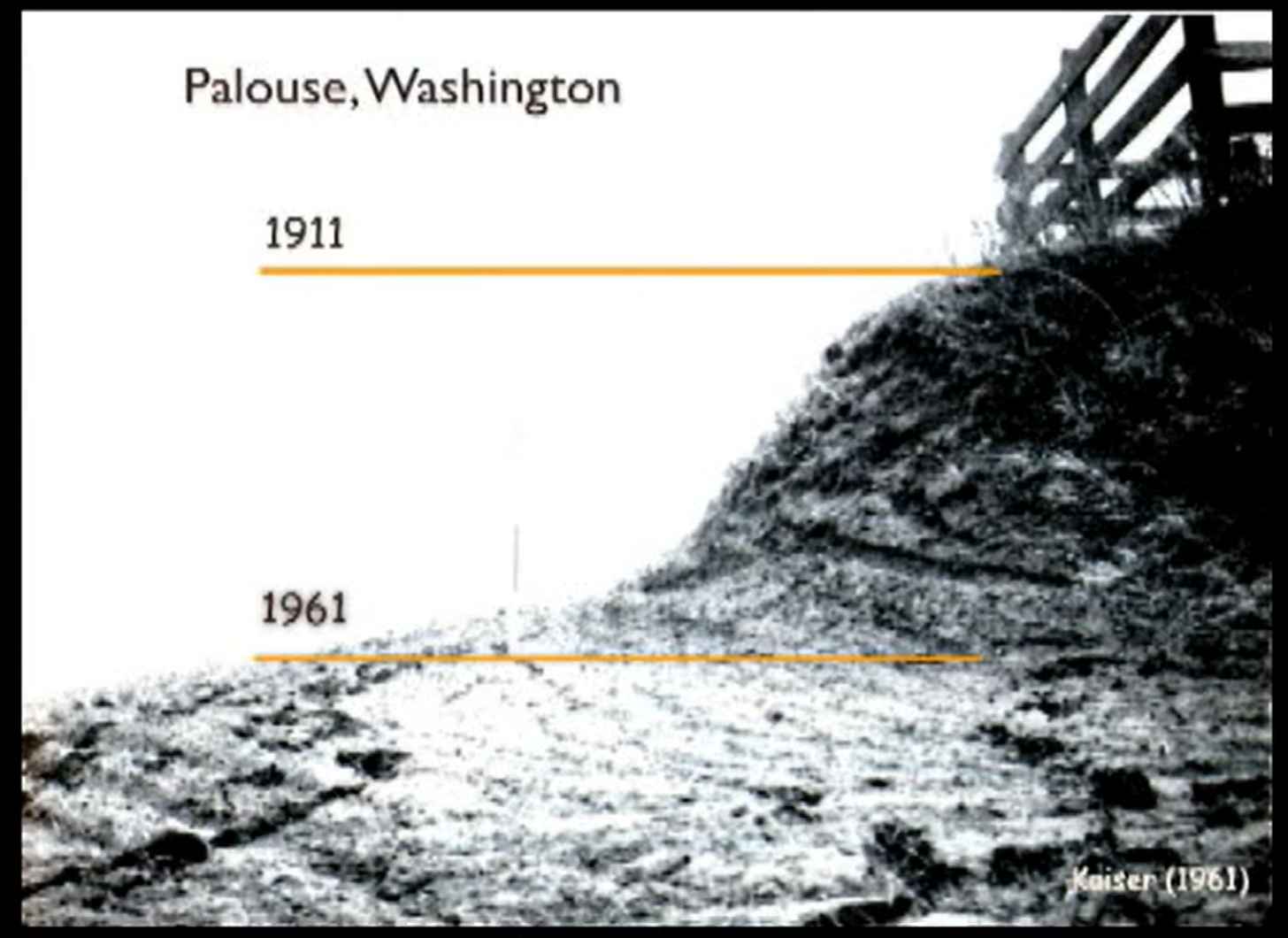
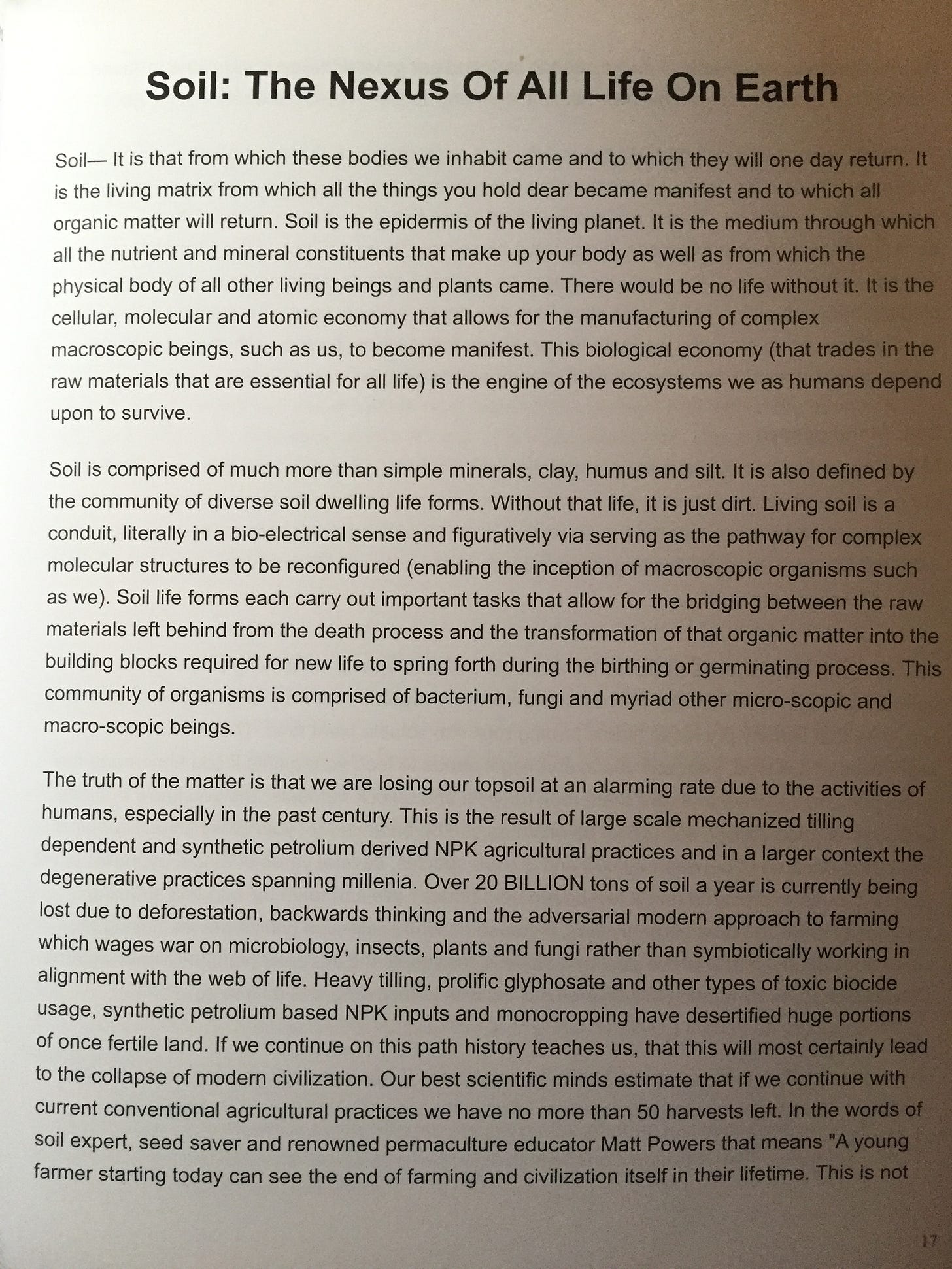
Anthropologist William Balée argues that at least 12% of the Amazon was directly or indirectly created by humans using “Dark Earth.” Terra Preta (literally “black earth”) is a manmade soil of prehistoric origin that is higher in nitrogen, phosphorus, potassium and calcium than adjacent soils. It controls water and reduces leaching of nutrients from the rhizosphere. Rich in humus, pieces of pre-Columbian unfired clay pottery, and black carbon, it’s like a “microbial reef” that promotes and sustains the growth of mycorrhizae and other beneficial microbes, and it has been shown to retain its fertility for thousands of years. In university trials, terra preta has increased crop yields by as much as 800 percent. It regrows itself when excavated.
William Devan, a geologist from the University of Wisconsin who is prominent in terra preta research, offers these comments: “The black terra preta is associated with long-enduring Indian village sites, and is filled with ceramics, animal and fish bones, and other cultural debris. The brown terra mulata, on the other hand, is much more extensive, generally surrounds the black midden soils, contains few artifacts, and apparently is the result of semi-intensive cultivation over long periods. Both forms are much more fertile than the surrounding highly weathered reddish soil, mostly oxisol, and they have generally sustained this fertility to the present despite the tropical climate and despite frequent or periodic cultivation. This is probably because of high carbon content and an associated high microbial activity which is self perpetuating.”
William I. Woods, a soil geographer at Southern Illinois University says terra preta covers a surface area in the Amazon equivalent to the size of France.
As Charles C. Mann wrote, in a piece that drastically changed the perception about native populations in the New World before contact, contrary to the popular isolated hunter-gatherer notions of natives, the New World was a highly advanced civilization that manipulated their environment on a large scale. He believed that humans were a keystone species—that is an animal that plays a crucial role in the functioning of an eco-system.
Charles C. Mann writes about terra preta, “Faced with an ecological problem, the Indians fixed it. The indians were in the process of terraforming the Amazon when Columbus showed up and ruined everything.”
For more info:
- https://www.ncbi.nlm.nih.gov/pmc/articles/PMC2311424/
- https://underwoodgardens.com/terra-preta-magic-soil-of-the-lost-amazon/
- https://underwoodgardens.com/terra-preta-magic-soil-of-the-lost-amazon-part-ii/
- https://www.pnas.org/doi/full/10.1073/pnas.1805259115
Lyla June did some additional research regarding studying soil samples to get metrics on how the ancients of Turtle Island lived and interacted with their environment in her dissertation which you can read here:
Linguistic artifacts as indicators of cultural adolescence
This spring when I noticed the Milkweed is budding I thought to myself, “Wait a minute… “Milkweed”!!? Why do we call this marvelous rooted being by such a derogatory label?”
After all, This is a perennial plant that is native to a large portion of Turtle Island, she grows without human assistance, nourishes not only Monarch Butterflies, but many other winged beings (and has traditionally also provided humans with food, fibers for clothing and medicine) ! Why would we degrade such a magnificent, resilient, generous and graceful being with the insult of being called a “weed”?
I will tell you why. Modern western civilization is an adolescent, psychotic and orphaned culture that has no living roots reciprocally connected to the Earth.
Just look at Big Pharma, Big Ag/GMO farming and The Military Industrial Complex, these are parasitic and exploitative expressions of a culturally immature and psychotic dominant society.
We live in an exploitative colonizing imperialistic statist culture that seeks to impose uniformity onto the natural world (while it simultaneously preaches about how "sustainably" it will turn forests, rivers, lakes, meadows and marshlands into strip malls, mines, factory farms and smart cities).
Thus, the linguistics we have been raised to use to refer to the more than human world (especially the wild, untamable, rebellious and resilient aspects of the more than human world) reflect this psychotic, immature and lost way of perceiving. This is something I will be writing more about in the context of multiple species soon, but for now, let us take a closer look at this often underappreciated being that most know as “Milkweed”.
The more ancient cultures that dwelled on Turtle Island before this culture we live in arrived in force had different names for this giving, teaching and nourishing plant. In truth, rather than calling this plant something totally fallacious and dismissive like “milkweed”, we should be calling her something like “Mother Earth’s Milk Plant” (as she exists in marginal soils and yet nourishes so many with her blossoms, nectar and other gifts).
For more on the gifts of “milkweed” read:
When you look deeper and find that 114 plant names in the English language containing the word “weed” in the common name (with many of those plants being important food and medicine crops for indigenous pre-colonial cultures (and/or providing for pollinators, protecting soil and cleaning water) a picture begins to emerge that illuminates how some aspects of the english language are strong indicators of a culturally adolescent (ecologically illiterate, superficial, exploitative and anthropocentric) civilization.
Another example is a plant commonly known as Cattail in English. That plant is seen as a “weed” by the control freak conventional ornomental pond maintenance people of modern western civilization. Those “professionals” suggest spraying that native plant with systemic herbicides (like roundup) to maintain the sterile lifeless ornamental ponds they install. So they poison the water beings the water itself, and go to war with a food and medicine plant needlessly, why? Because their obsession with uniformity, domination, sterility and their ecological illiteracy is an expression of their cultural adolescence and their spiritual impoverishment, that is why.
On the opposite side of the spectrum we have linguistic expressions that speak to the cultural maturity of a people…
Known as SȾÁ¸ḴEN to the indigenous peoples of North Western Turtle Island in SENĆOŦEN, Known as Pakwiyeshk and/or Bewiieskwinuk – to the Potawatomi/Ojibwe peoples of the Great Lakes regions in the Anishinaabemowin language. Known as Osháhrhe to the Mohawk people in the Kanien'keha language. Known as p’axłp to the Okanagan People. Known as סוף מצוי in Hebrew and افلح/ىدرب in Arabic.
The ancient peoples of Turtle Island (aka “North America”) or “Mshike Mnise” in Bodwéwadmimwen (the Potawatomi language) have a rich history of interacting with Cattails and recognizing their many gifts.
In Potawatomi, the word for cattail, bewiieskwinuk, translates to “we wrap the baby in it” and in the Mohawk language, cattail (Osháhrhe) translates to “the cattail wraps humans in her gifts” as if we were her babies.
Robin Wall Kimmerer comments on this in her book Braiding Sweetgrass by saying
“In that one word, we are carried in the cradleboard of Mother Earth.”
What a beautiful and apt description of this plant, Cattails do indeed offer to lovingly envelop humanity with her many gifts, providing both our ancestors and us with loving support and nourishment to be able to survive and thrive in challenging situations. The academics and Big Ag “professionals” of modern industrial civilization look upon this plant with distain, and yet cultures that are more mature, ecologically literate and spiritually wealthy instead recognize her many gifts.
The indigenous peoples of turtle island had many uses for this plant. They harvested food from the roots, vegetable from the stalk, pollen for flour, edible flower stalks, seeds for tinder or diapers, leaves for cordage and mats and baskets, torches from seed heads, aloe-like medicine from the goo which looks slimy but feels great on bug bites...and more.
Modern academics say “if left unchecked, cattails can clog waterways, harm agriculture and fisheries, and host other species, such as blackbirds, which can cause further crop damage. Fast growing, tall standing, and rapidly spreading via both seeds and specialized root systems, cattails have perfected numerous adaptations to invade, occupy, and thrive in wetland ecosystems, with consequences for the agricultural industry”
And yet, “this is all good for the plant, of course—and it’s good for people,” insists Kimmerer, a State University of New York Distinguished Teaching Professor of Environmental Biology and an enrolled member of the Citizen Potawatomi Nation.
Below is a section from Robin Wall Kimmerers book where she goes into more depth on the cultural significance and wisdom offered by the Cattail
Robin Wall Kimmerer wrote more recently about Cattails explaining “there are so many Native science teachings held in that single plant. I've heard two different Potawatomi names for her : "Shelter weed" and "we wrap the baby in it". Cattails takes good care of us and we can reciprocate.
Known as τὐφη to the ancient Greeks and the cousin of the Cattail from my ancestral homelands is known as nGéadal (pronounced NYEH-tal) to my Celtic ancestors represented by the symbol shown in the image below in the Ogham Script.
The Druids sought to learn from the wisdom offered by the Cattail’s (and/or the Reed’s) flexibility, and how they are undaunted by rough winds or frozen ponds. Indeed, Aesop remarked on their strength in the fable of The Oak and the Reeds by saying
“An oak and a reed were arguing about their strength. When a strong wind came up, the reed avoided being uprooted by bending and leaning with the gusts of wind. But the oak stood firm and was torn up by the roots.”
— Aesop
Who is mightier, the yielding or the unbending?
For more info on Cattail read this:
Day Ten: CATTAIL
Offering an abundance of diverse forms of food, medicine, building materials and wisdom to increase our resilience in our lives on the Earth, we would be wise to learn to interact symbiotically with this plant as we head for uncertain times ahead.
Another term below that illuminates cultural maturity.

I invite you to learn to speak the names of your non-human kin with words that were also spoken by your ancient ancestors, taste the same foods they enjoyed and nourished their bodies with, sing their songs and revive their blessings for the waters, wind and mountain peaks. Within these threads of your ancestral past you can awaken dormant seeds of knowing that weave through your bones, into your heart and through the fabric of your soul.
Hiraeth is a Welsh term that does not translate to English. It conveys a blend of homesickness, nostalgia and longing for a place that one has never been before in this particular lifetime. “Hiraeth” is a pull on the heart that conveys a distinct feeling of missing something irretrievably lost in the physical world.
Hiraeth also gives a name to that sense of incompleteness you feel when you’re acutely aware of something missing in your life. Something you’ve left behind in the deep past – a home, a sense of feeling at home in yourself, an out-grown dream – or maybe an ideal you’ve invented that can never be realised, or a hope that perpetually eludes you as the future unfolds. At its core, hiraeth boils down to an awareness of the presence of absence, kindling a feeling in which pain and joy are braided too tightly to untangle.
Words and language are indeed powerful forms of magic and from the little bit I have learned of indigenous languages from Turtle Island (and now also having begun to learn some Gaelic and Welsh words) I can say that there is a significant difference in the type of magic wielded within their languages as compared to English.
For instance, my Gaelic ancestors referred to the resilient, generous and noble tall rooted beings shown the the following three images below as ‘Darach’ (in Scots Gaelic). However, there are other Gaelic words to describe an Oak, such as ‘Dair’ or ‘Duir’ which come from the more ancient Ogham (OH-am) alphabet.
These trees were protected under sacred laws, inscribed into stone and spoken in verse by the Gael. These Nobles Of The Wood were seen as beings deserving of respect, for each time one spoke their name in Ogham the story of their sacred status, generosity and nobility was given new life.
“The term “druid” is commonly translated “oak knowledge”, “oak-knower” or “oak-seer” referring to the fact that druids had knowledge of the oaks (and as oaks are a pinnacle species, therefore, druids had knowledge of the broader landscape) or perhaps, understood oaks on the inner and outer planes. In the druid tradition, oak is tied to that same ancient symbol of the druid possessing strength, knowledge, and wisdom. By taking on the term druid, we bring the power and strength of the oak into our lives and tradition.” -Dana O'Driscoll
The English language is structured to re-enforce anthropocentric delusions of grandeur, relegating all our non-human relations on earth to the demeaning status of being an “it”. Older languages with an animistic ethos of deep belonging to place do not refer to the trees, or the birds, or the fish, or the river or the mountain as an “it”, they refer to those beings as kin.
These variations in language in how we refer to the beings we share this world with may seem inconsequential to the indoctrinated self-important statist that trusts “The Science”, but ask yourself this, how much easier is it to train human beings to be willing to poison a river, or carve into a mountain for lithium or clear cut an ancient forest for profit when you raise them describing those beings as inanimate objects, rather than referring to them in the same way you would refer to a sister or a grandfather?
Reconnecting to your ancestral knowledge and awakening ancient re-membering is a path that aligns you with the powerful magic that is unlocked when one takes the time to learn the names and forgotten languages of the rivers, ancient trees and mountain peaks again. It is the magic that the ancient ones wielded when they studied the stars, the sky, the mountain spring and learned to listen to their secrets, connecting in communion, giving thanks, receiving their gifts of wisdom. We to can embark on such a path if we awaken the dormant seeds deep within and nurture them to set down roots in our day to day routines, habits, perspectives and traditions.
In closing I will share something I wrote when I read an excerpt from this upcoming book.
As I do in depth research for my next book ( Stacking Functions in the Garden, Food Forest and Medicine Cabinet : The Regenerative Way From Seed To Apothecary ) I often go for short trips in the "time traveling hot air balloon" Kollibri terre Sonnenblume evokes in his writing (in the post linked above and here) over the land where I now live.
My research involves both field research (soil sampling, tree species distribution surveying, dendrochronological sampling), reading the journals and reports of early European "explorers", Jesuit Priests and French military officers while also talking to indigenous elders of this region that offer me the gift of multi-generational oral histories of the ethnobotanical practices of pre-colonial peoples here. The picture the combination of these modes of gathering knowledge of the pre-colonial landscape here paints is astonishingly beautiful to behold.
Holding that awareness in my mind and heart (curing the shifting baseline syndrome and shattering the multi-generational amnesia others had started to imprint on me regarding the forests here) is both deeply enriching, empowering and very painful. Unlike some that were born and raised here that think of this (99.98% old growth deforested, monoculture dominated 99% straitened river/waterway landscape) modernized "civilized" southern Ontario as "normal" and a representation of the "successful" clearing of "useless bush" (their word for forests) in the name of "progress" and "productive farming" I know what the true potential of this land is, what resplendent abundance and nourishment the anti-fragile pre-colonial food systems here produced and how pathetic, nutritionally weak and fragile the post-colonial "civilized" food systems are in comparison.
I like to take my time travelling air balloon back about 600 years ago sometimes, I float along the northshore of Waabishkiigoo-gichigami (aka Lake Erie) and I look at the eagle nests in the 220 foot plus tall Eastern White Pines that flanked her shores. I watch the eagles fishing for salmon and the bears catching them at the mouth of a river and carrying them inland to nourish themselves (and the elder rooted beings of the forest https://open.substack.com/pub/gavinmounsey/p/regenerative-ocean-gardening-kelp?r=q2yay&selection=61fe3716-ab32-45a5-b4f2-2036140f726d&utm_campaign=post-share-selection&utm_medium=web&aspectRatio=instagram&textColor=%23ffffff ) and I watch the people on the shoreline giving thanks to the live giving waters in ceremony.
From Wawyégmak (which means place where the bald eagles nest in the great pines) aka "yändicha’ shöndahkwa’ yänonhchia’" (which refers to "the dwelling of the sacred eagle where the pines touch the stars") now known as “Colchester Beach”, I move up and over the mighty pines where I bear witness to the super canopy shifting to a mixture of Tulip trees (Liriodendron tulipifera) and American chestnut (Castanea dentata) and Butternut trees (Juglans cinerea) with mighty 100 foot tall Oak, Maple, Hickory, Beech, Birch, Wild Apple, Hazel, Pawpaw and Sassafras beneath them. The trees form a fractal web of soil building, soil protecting, water cleaning and food producing resilience for all of the community that call the forest home (humans included).
I see a clearing in the distance in between a spacious oak forest and a corn field and set down to land. I find myself in the middle of a large polyculture of annual food crops and medicinal flowers being tended by local people who reverently and lovingly tell me that what I am witnessing is De-o-ha-ko (which means 'our sustainers', 'those who support us' or "Our Life") often now referred to as "Three Sisters" in modern English (for more info: https://gavinmounsey.substack.com/p/the-three-sisters-and-the-time-of ). The air is sweet with the nectar of echinacea (Echinacea purpurea), milkweed (Asclepias syriaca), anise hyssop (Agastache foeniculum), Jerusalem artichoke (Helianthus tuberosus) and Bee Balm (Monarda fistulosa) which has been planted surrounding the Corn, Sunflowers, Beans and Squash. Hummingbirds, Butterflies, bees and other winged beings are enjoying the nectar and filling the air with flashes of color as they move from blossom to blossom.
I hear singing in the distance and I look beyond the field of annuals and medicinal flowers I see people emerging from a forest landscape carrying deer and rabbits with others carrying baskets brimming with nuts, acorns and fruit. They sing a song of praise to the forest and Creator for all they provide.
I walk over to the forest edge to see others still harvesting and tending and realize that what appeared to be a "wild" forest is in fact a manmade farming system comprised of old growth trees and multi-layered shrubs and herbs underneath.
At the bottommost layer I see many root plants being tended and harvested like wild carrot, sassafras, bloodroot flowers wild Canadian ginger, American Ginseng and trout lilies. woven into that layer of this manmade forest, is the fungi and mycelium, things like turkey tails, oyster, giant puffballs, and chaga.
The next layer is a web of strawberries, trillium, black cohosh and wild leek. Next you have the bush/small tree plants like raspberry, hazelnut and cedar.
As we continue upwards, the next layer is the medium-sized trees like Pawpaw , Saskatoon berry aka serviceberry (for more info: https://gavinmounsey.substack.com/p/serviceberry ) and highbush cranberry. Finally, the uppermost layer is the heavy nut producing trees like Oak, Kingnut (aka "shellbark" Hickory) Shagbark Hickory, Black Walnut, Butternut, Chestnut and some tulip trees towering above. I see the forest gardeners not only collecting the seeds of nut trees and medicine herbs, but also sowing them at the same time in areas where an elder tree has fallen and is receiving new sunlight.
I look at the age of the healthy productive trees, the massive diameter of the trunks, the quantity of food those trees are producing and I realize that what I am witnessing is the fruit of a multi-generational labor of love and a food production system that not only feeds the humans that live there (with a nutritionally diverse and delicious diet that is far superior to the diet of 99.98% of people living here today) it also feeds all the local wildlife, moderates extreme weather events for their community and offers spectacular, soul enriching, imagination expanding and heart opening beauty that nourished all that life there on a deeper level.
Then I get on my time travelling air balloon and return home (to what is now called "Southern Ontario" with the statist regime called "Canada" in the year 2025). I look around me and my heart breaks, I take a deep breath and dig deep to transmute the pain into motivation and use the tears that sometimes pour forth when I witness the fragments of old growth remaining and evoke this knowing of what was to nourish the seeds of what can be, again.
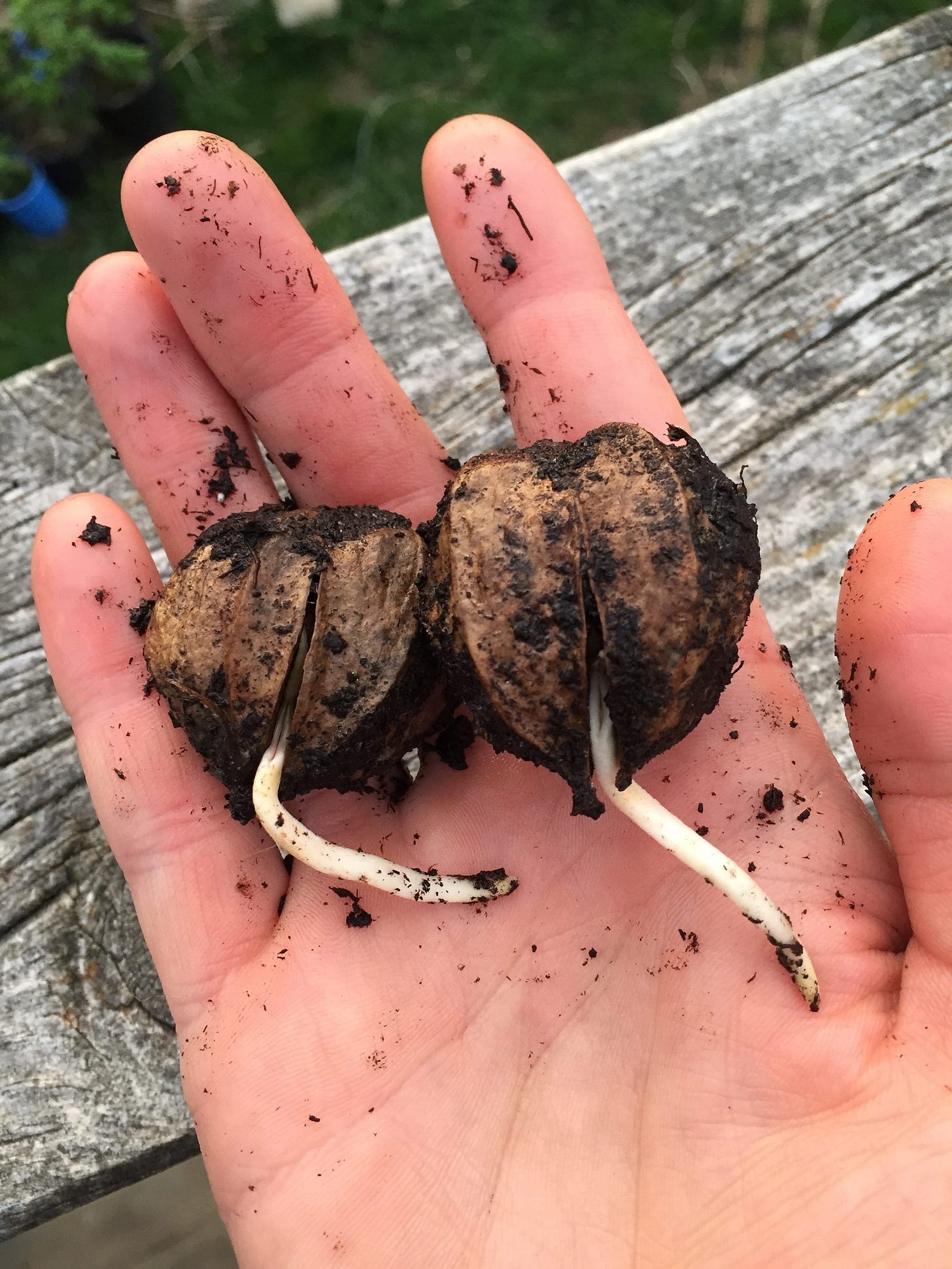
My research has shown me that around 1,200 years ago, this whole region was gradually converted to an Oak/Hickory/Chestnut Savannah food forest (with interspersed communities surrounded by polyculture crop rotations) accented by prairie grasses and wetlands, by design.
Now here, in modern day “Ontario”, “Canada” the word “invasive” is thrown around so loosely in the arena of corporate agriculture and ornamental landscaping industry that native plants like Milkweed (Asclepias syriaca) and Elderberry get labelled as “invasive weeds”! The idiocy, superficiality and anthropocentrism here is quite appalling sometimes.
Meanwhile I quietly work to re-introduce long lived food and medicine tree species (often guerilla forest gardening them in parks) as the tax payer (money taken from me and many others born here using the threat of violence) funded government staff are too busy engaging in a futile chemical war with things like phragmites (spraying glyphosate in water ways and calling that “ecological restoration”) to give species like Pawpaw, Kingnut Hickory or Chestnut a chance to re-establish themselves (in this post industrial landscape where the indigenous food forests were clearcut in the name of “progress”).
Well, myself and a number of human allies are now working diligently, with fierce love, animistic ancestor/biomimicry/pattern recognition guidance and allyship with our non-human kin in this region to undo much of that "progress" (progress towards a "sustainably developed" "civilized" hellscape of endless monocultures, feeding lots, strip malls, parking lots, open pit mines and hydroponic greenhouses. We engage in guerilla forest and field tending practices and we also forge alliances with ecologically literate and Gift Economics educated landowners to create Bio-cultural Refugia which can weather the storm of this ongoing degenerative "civilizing" process and become well springs of life, food, medicine, culture and biodiversity to spread outwardly when the time is right.
We do not acknowledge the claimed authority of Doctrine Of Discovery, cultural genocide and violent coercion forged governments. Their anthropocentric declarations of laws intended to benefit only a small fraction of one species will be subverted, undermined and ignored as we tend the land reverently. We abide by the higher laws that are woven into the web of life, expressed in the elusive symbiosis between the bears, eagles, salmon and the elder trees they nourish, written into the land in flowing patterns of life giving water that was once slowed and gathered by our beaver allies, laws of inter-relationality, (or "belongingness" as you say) and laws of reciprocity.
We will not let bloated and incompetent bureaucracies guided by "eden ecology" thinking, statist regimes, anthropocentric exploiters or corporate ag pillagers stand in the way of abundance for the 7th generation that comes after us, we plant the seeds for that reality to become manifest whether they like it or not (in hearts, minds and in the rich living Earth).
We will not go quietly into that goodnight, we will become like the acorn that holds the potential for one thousand forests within.
Join us.
For more on that, read:
Designing Bio-cultural Refugia : seeding ancient wisdom in the fertile soils of modern Regenerative knowledge
(This post serves as the 19th post which is part of the Stacking Functions in the Garden, Food Forest and Medicine Cabinet : The Regenerative Way From Seed To Apothecary series)
Additional pertinent posts/notes:
Milkweed (Asclepias syriaca)
This post serves as the 15th post which is part of the Stacking Functions in the Garden, Food Forest and Medicine Cabinet : The Regenerative Way From Seed To Apothecary series.
Nettle - defiant protector of thresholds, underground resistance fighter, evoker of attention and botanical awareness
This post serves as the 27th post which is part of the above mentioned (Stacking Functions in the Garden, Food Forest and Medicine Cabinet : The Regenerative Way From Seed To Apothecary series).
The Rise Of Anthropocentrism, The Continuity of Colonialism, Bright Green Lies and The Promise Of The Animate Worldview
You are intrinsically connected to the living planet that sustains you.
Oak - nurturers, protectors and sovereign kings of the forest
This post serves as the 23erd post which is both part of the (Stacking Functions in the Garden, Food Forest and Medicine Cabinet : The Regenerative Way From Seed To Apothecary series).
Indigenous European Land Defenders resist "Green Colonialism" and geoengineering over their ancestral lands
The Sámi people are the Indigenous people of the northern part of the Scandinavian Peninsula and large parts of the Kola Peninsula and they live in what is now modern day Sweden, Norway, Finland and Russia.
Shagbark and Shellbark Hickory (Carya ovata and Carya laciniosa)
This post serves as the 17th post which is both part of the above mentioned (Stacking Functions in the Garden, Food Forest and Medicine Cabinet : The Regenerative Way From Seed To Apothecary series).
Implanted Sociopolitical Identities - weapons of mass destruction delivered through trojan horses of the mind
"When plunder becomes a way of life for a group of men in a society, over the course of time they create for themselves a legal system that authorizes it and a moral code that glorifies it."
Retracing the footsteps of my Indigenous European Ancestors
As some of you may have noticed I have recently been embarking on a journey to excavate ancestral memories, place based Gaelic wisdom from my indigenous ancestors and apply their relevant ethnoecological knowledge and worldviews to walk in service of life and Creation in the present day.
The Spiritual Destitution of Statism, Perpetual manufactured cultural adolescence and their ecological impacts
I stumbled across the post linked below yesterday
Why Involuntary Governance Structures are Not Compatible with The Permaculture Ethical Compass
This post is going to be an exploration of the nature of involuntary governance structures (Statism) and an exploration of cultures and peoples that existed without a centralized state system.
The Monster Of Modernity/Wendigo Thinking, The Path Of The Sacred Warrior, Re-membering our Humanity and the Reclamation Of Our Indigeneity
Our human family has been stricken with a spiritual sickness.
This post serves as the 31st post which is part of the above mentioned (Stacking Functions in the Garden, Food Forest and Medicine Cabinet : The Regenerative Way From Seed To Apothecary series).




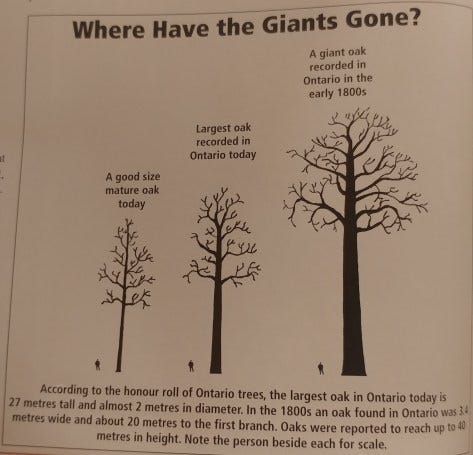


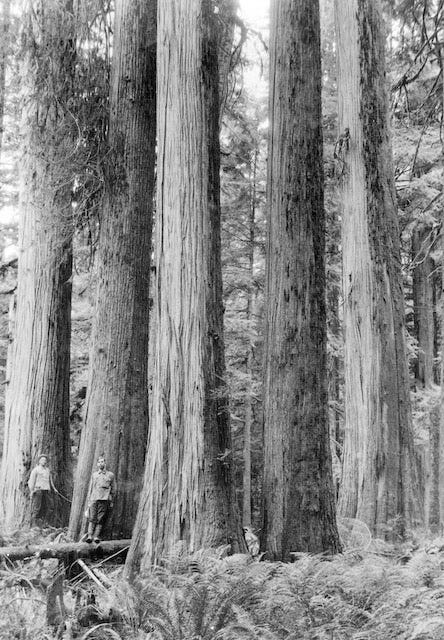
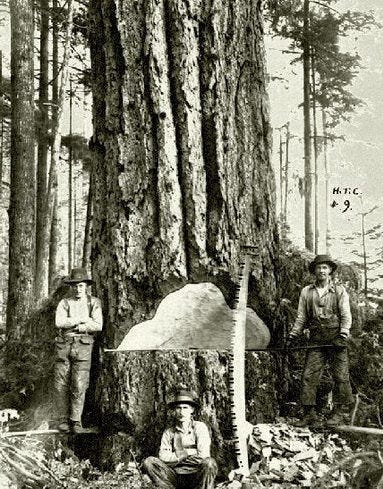
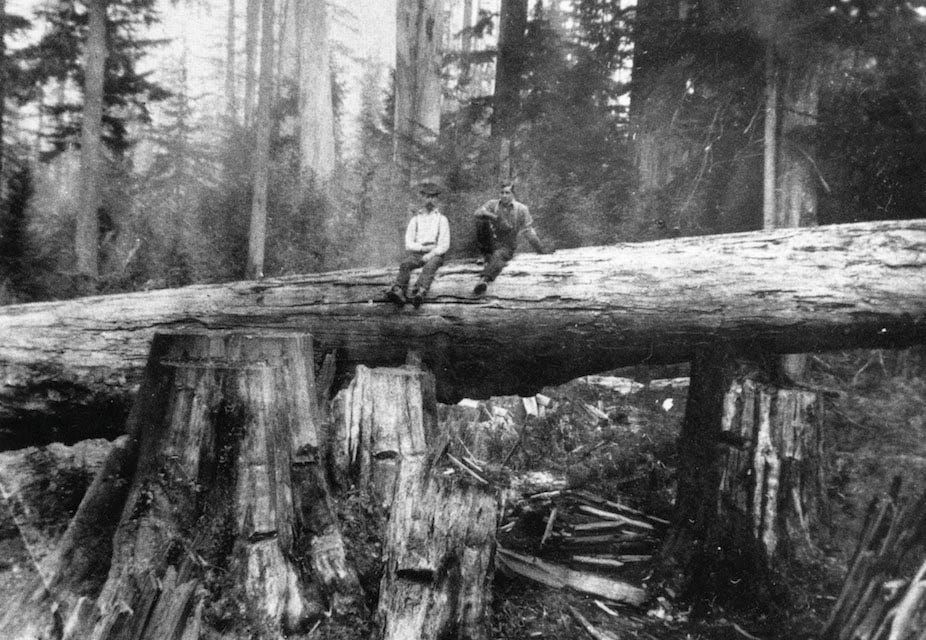
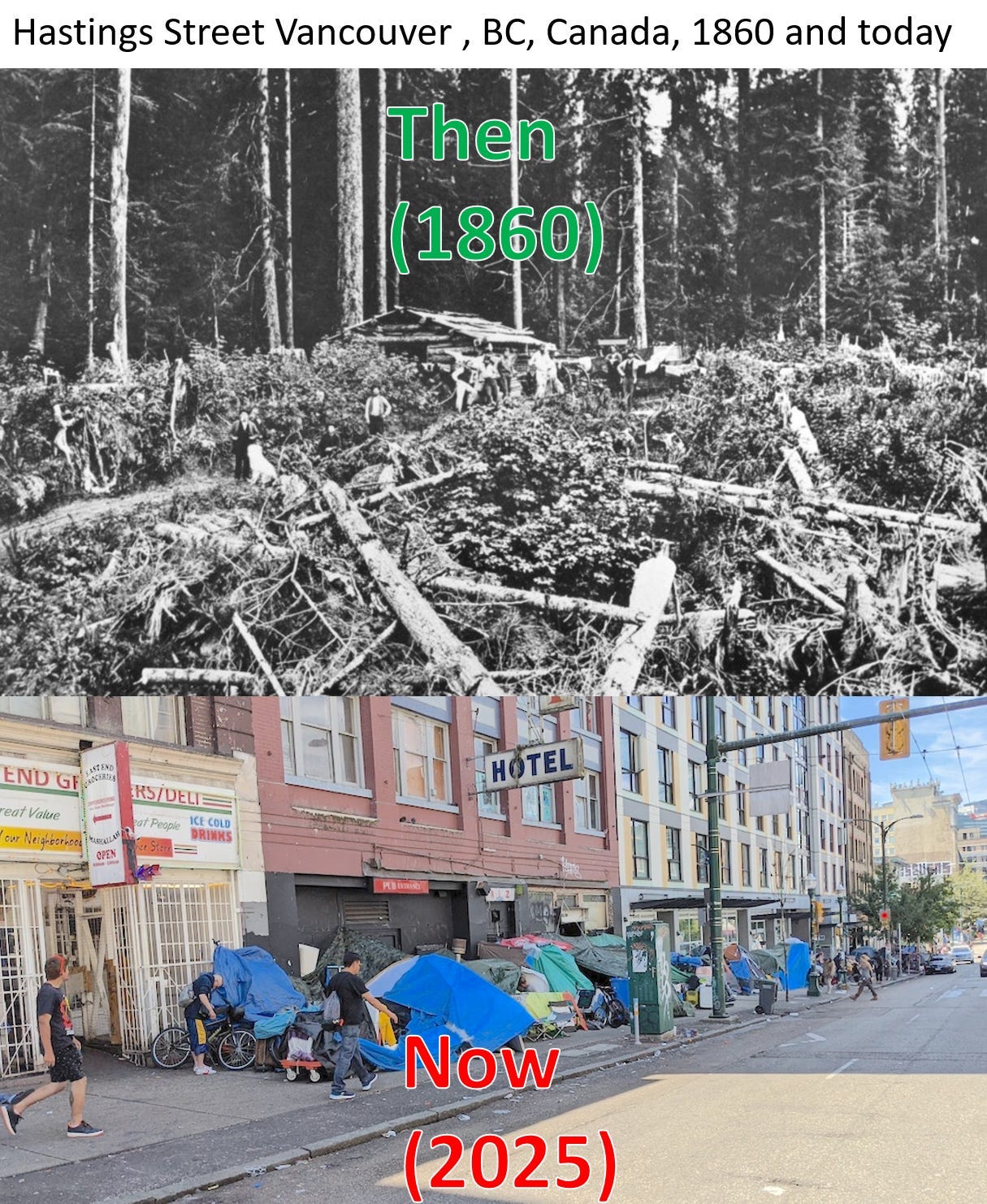
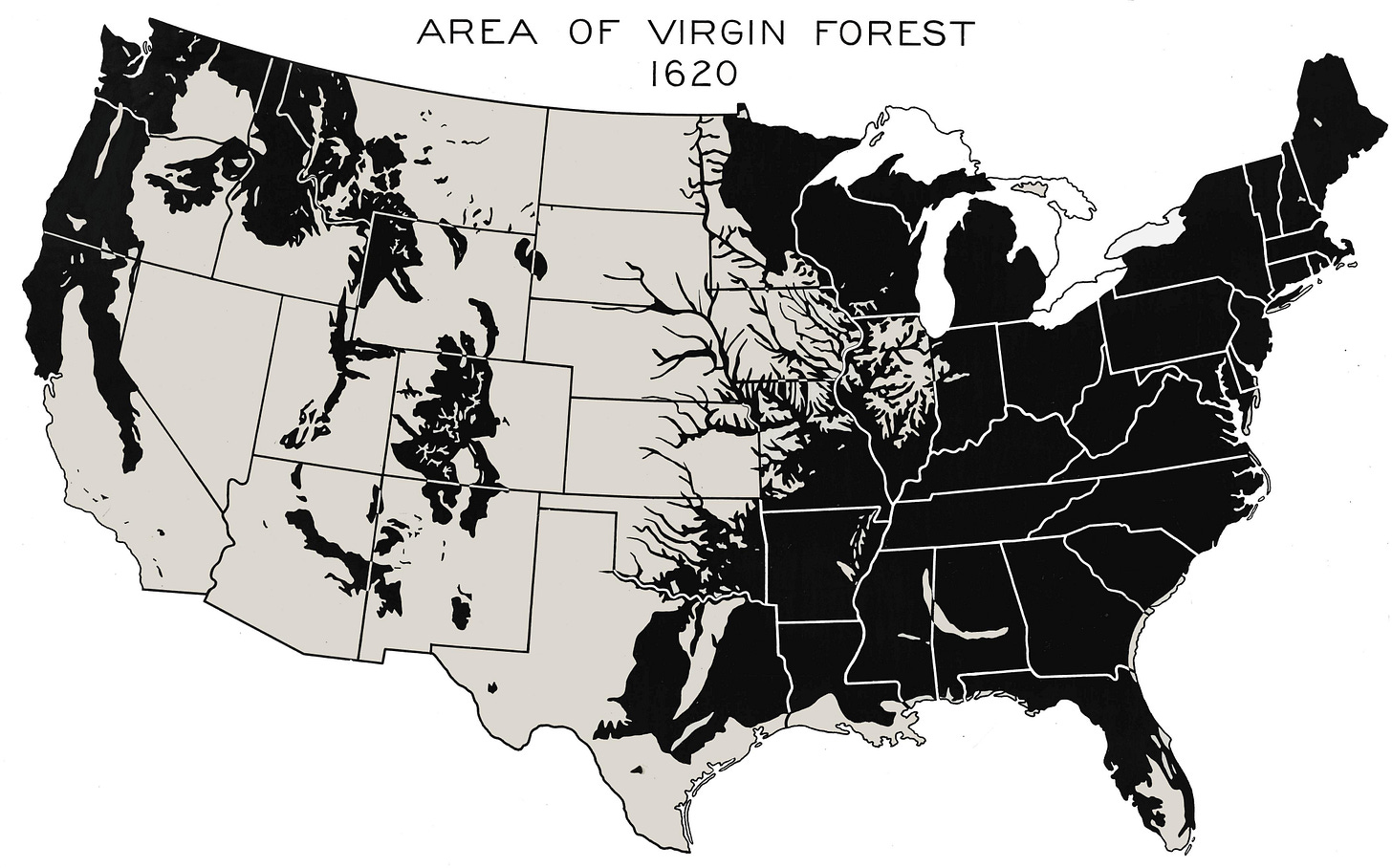


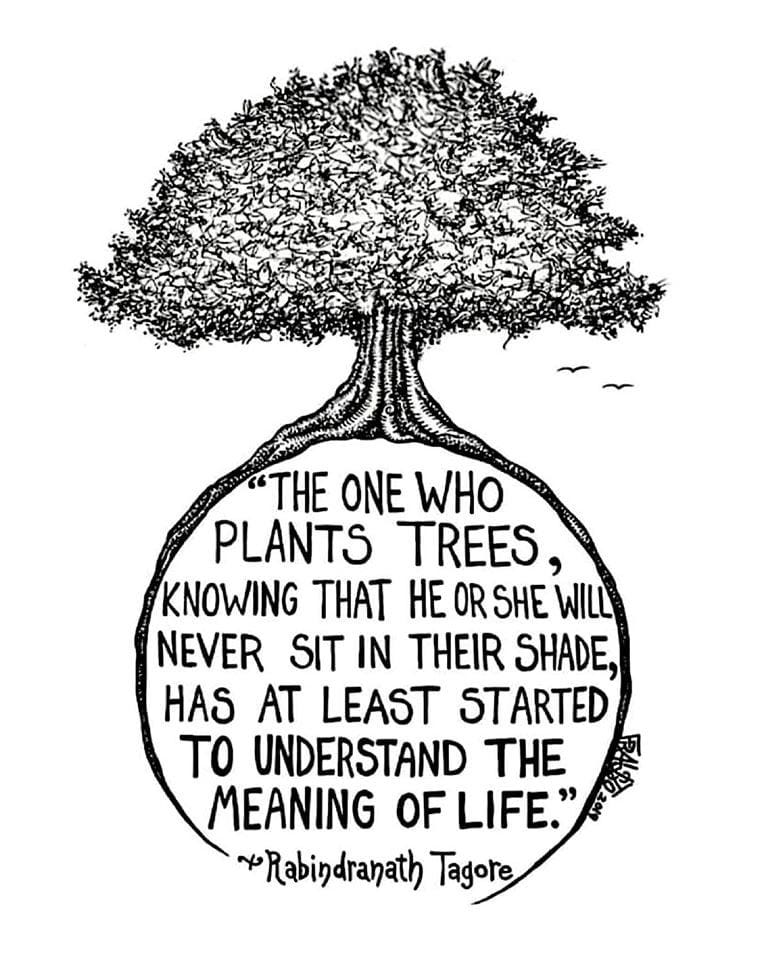

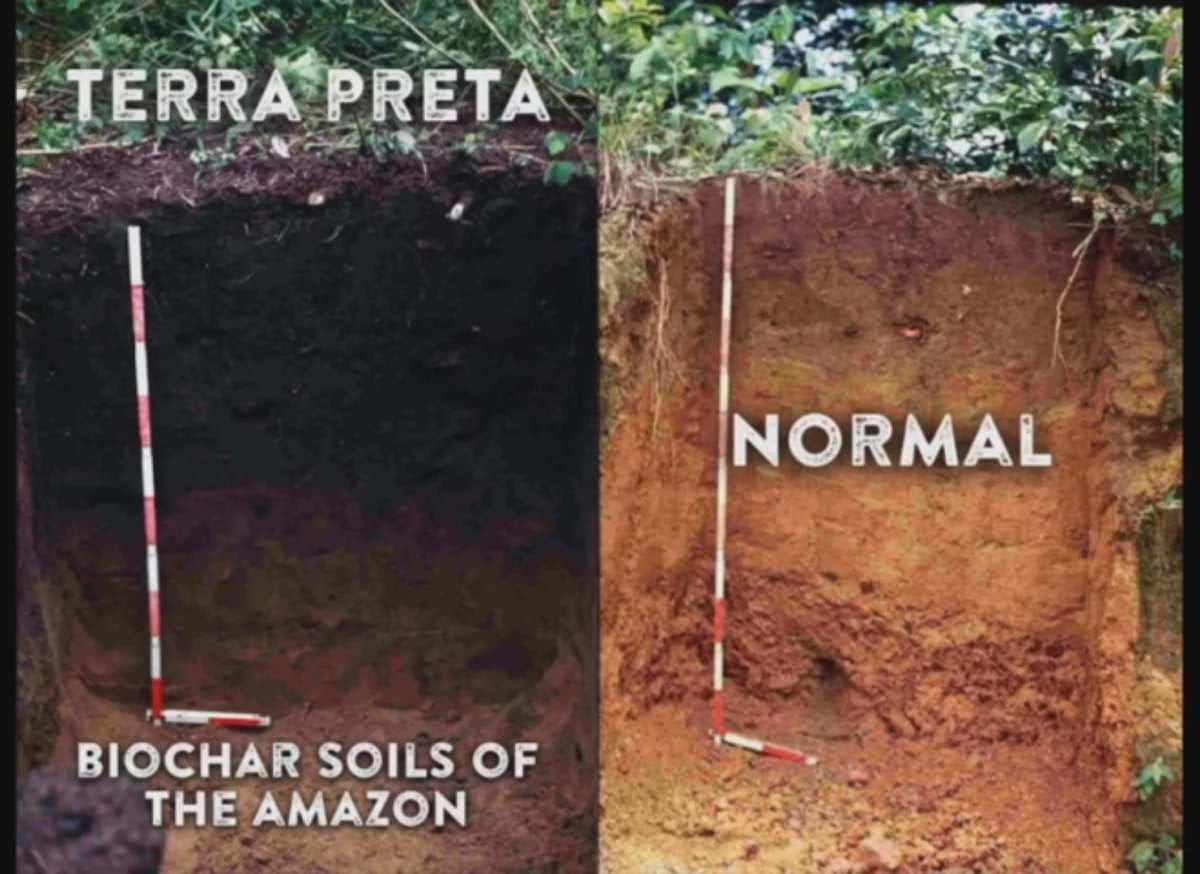

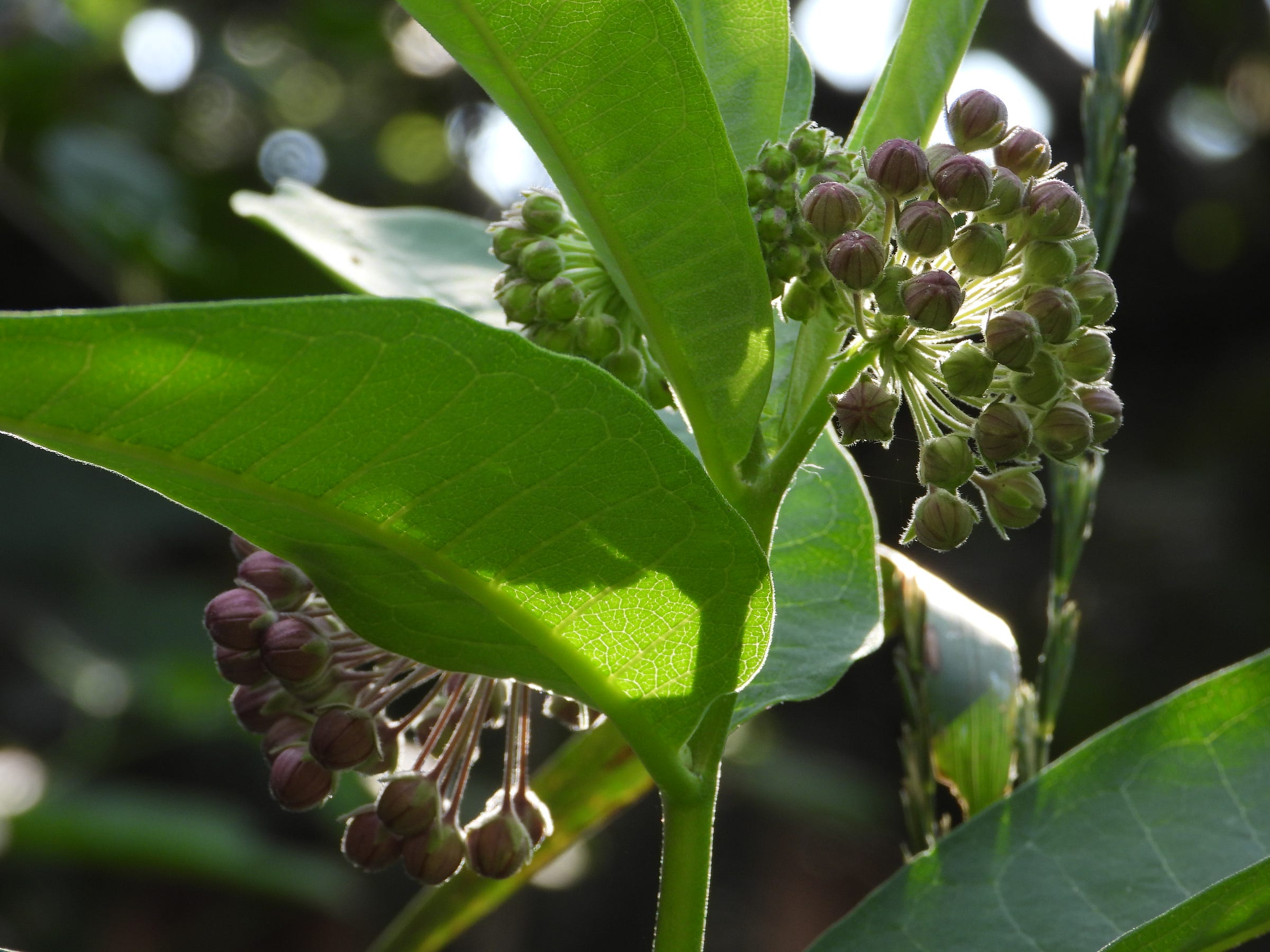
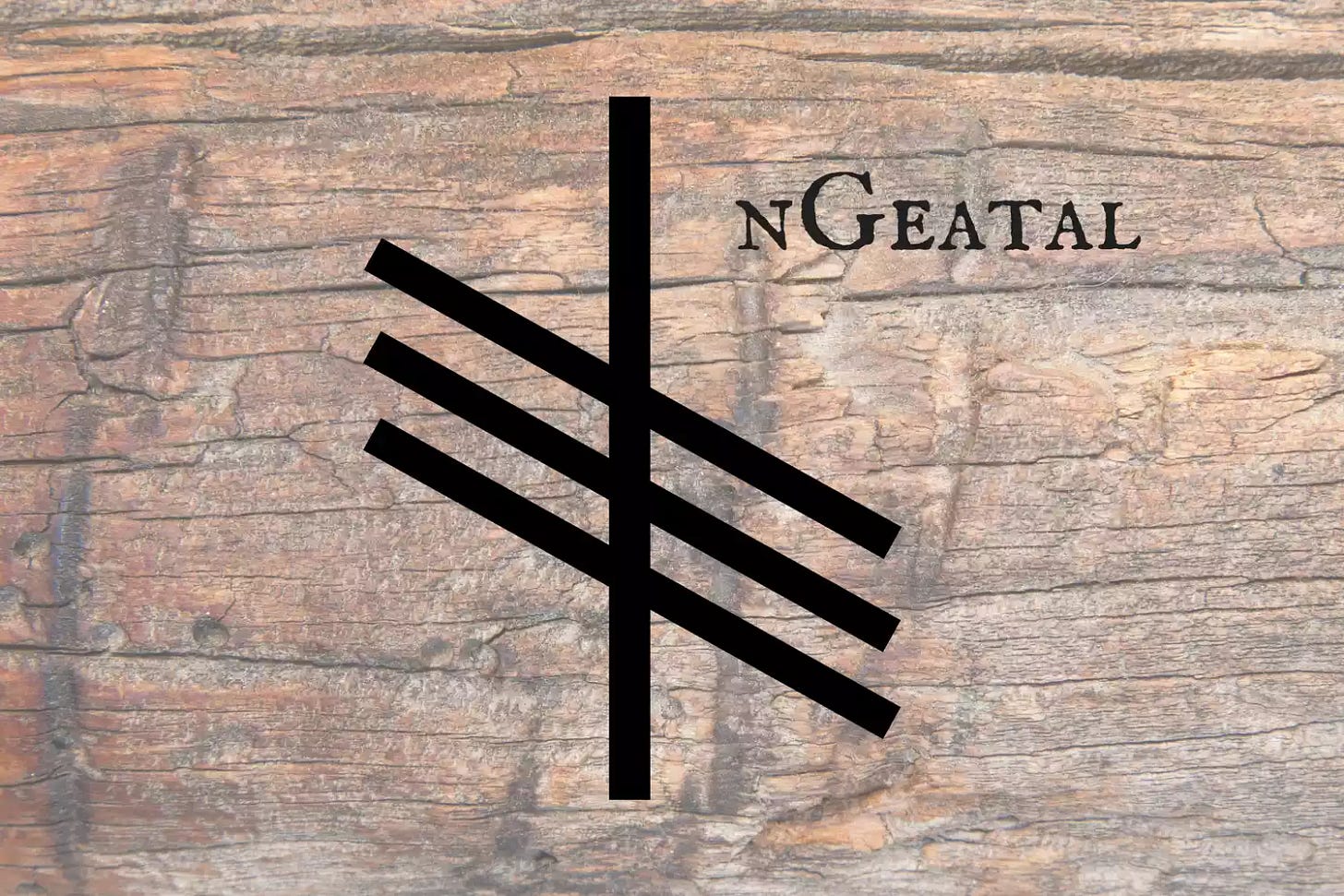
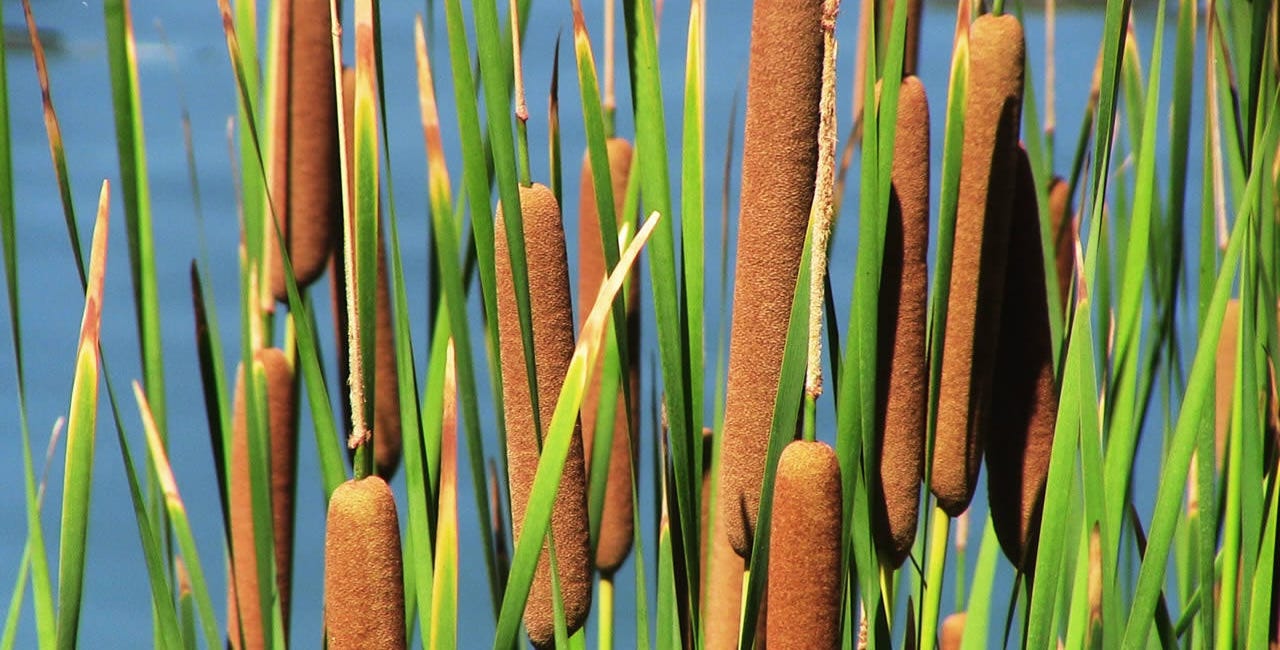
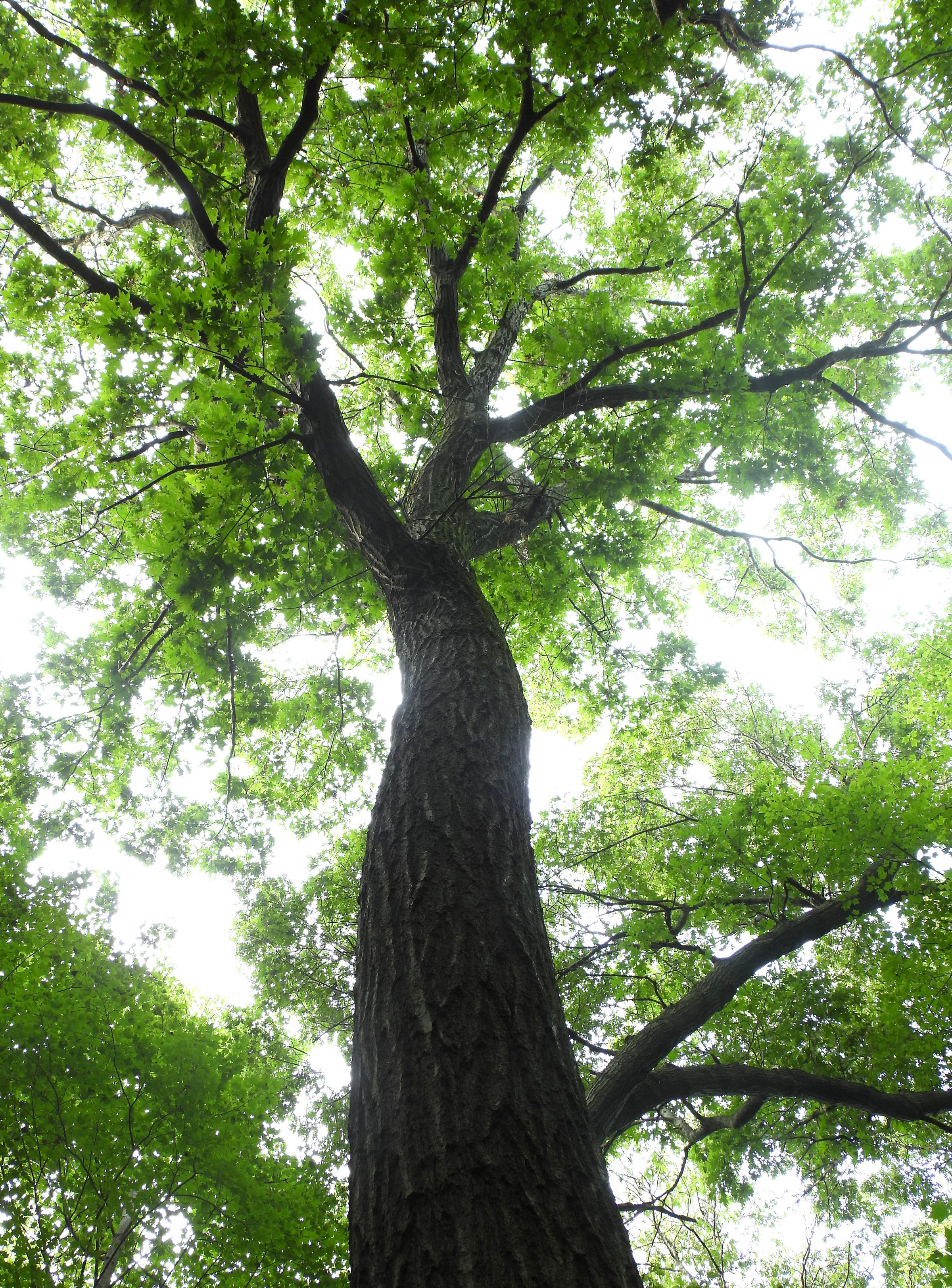
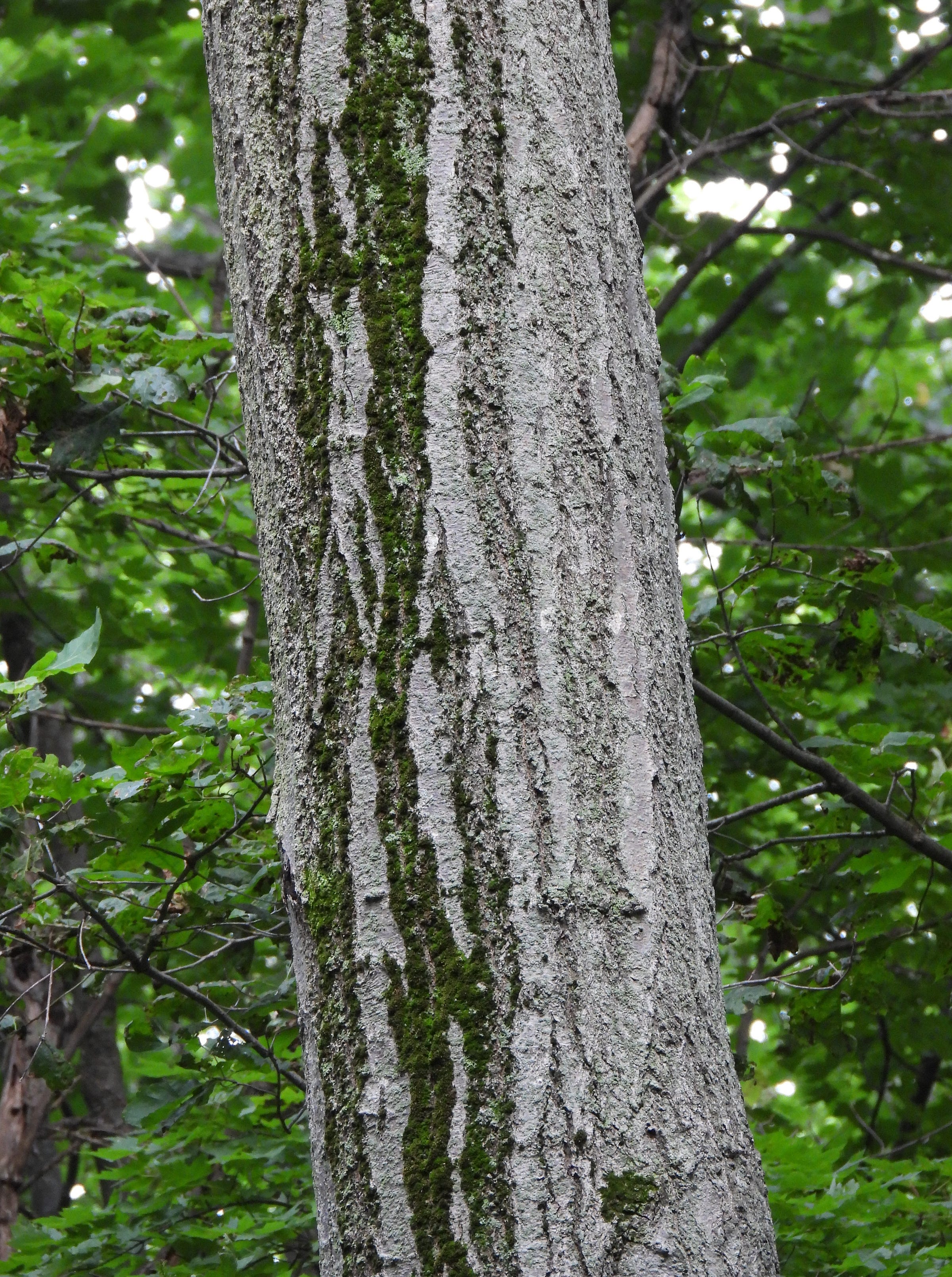
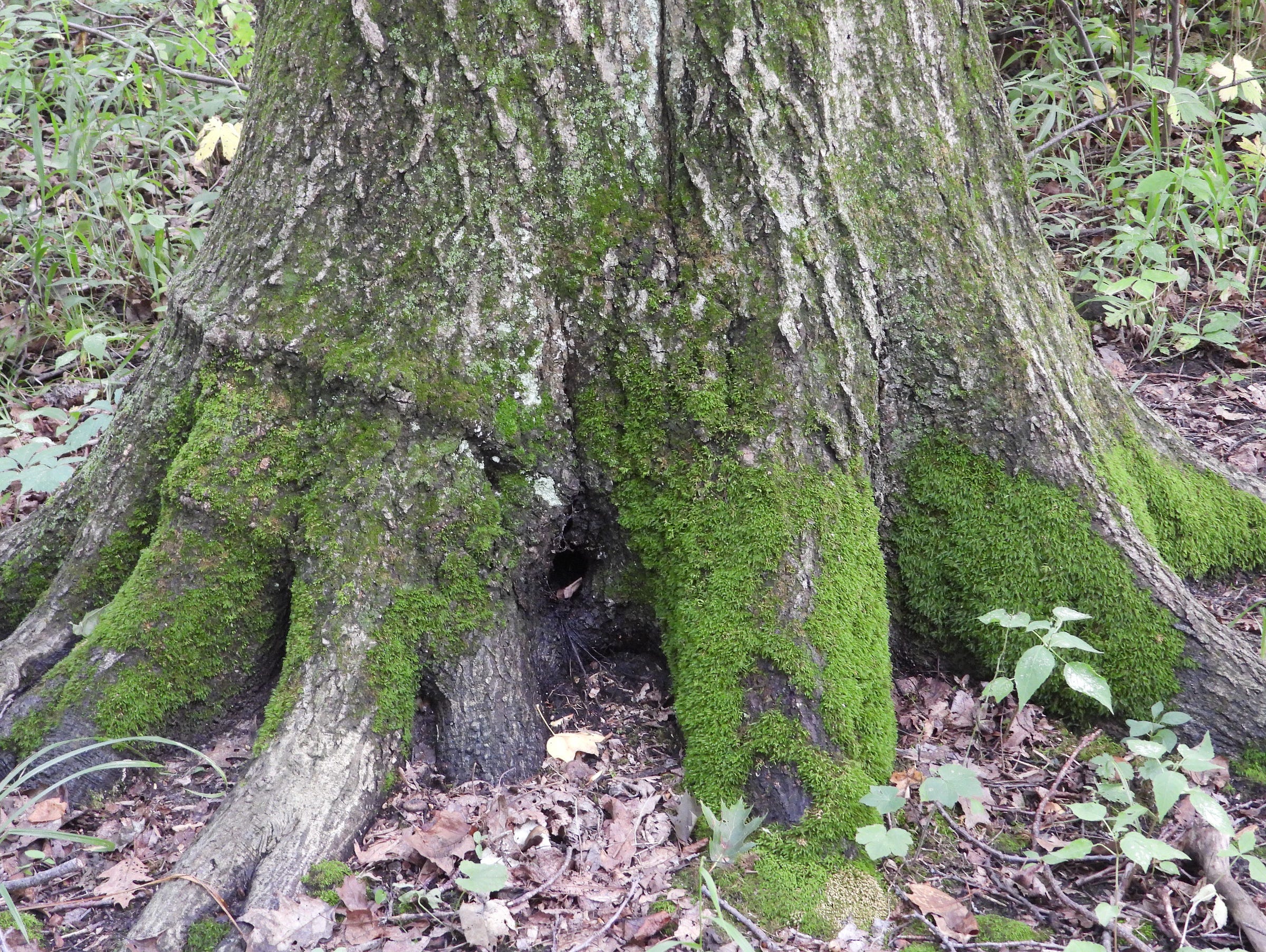
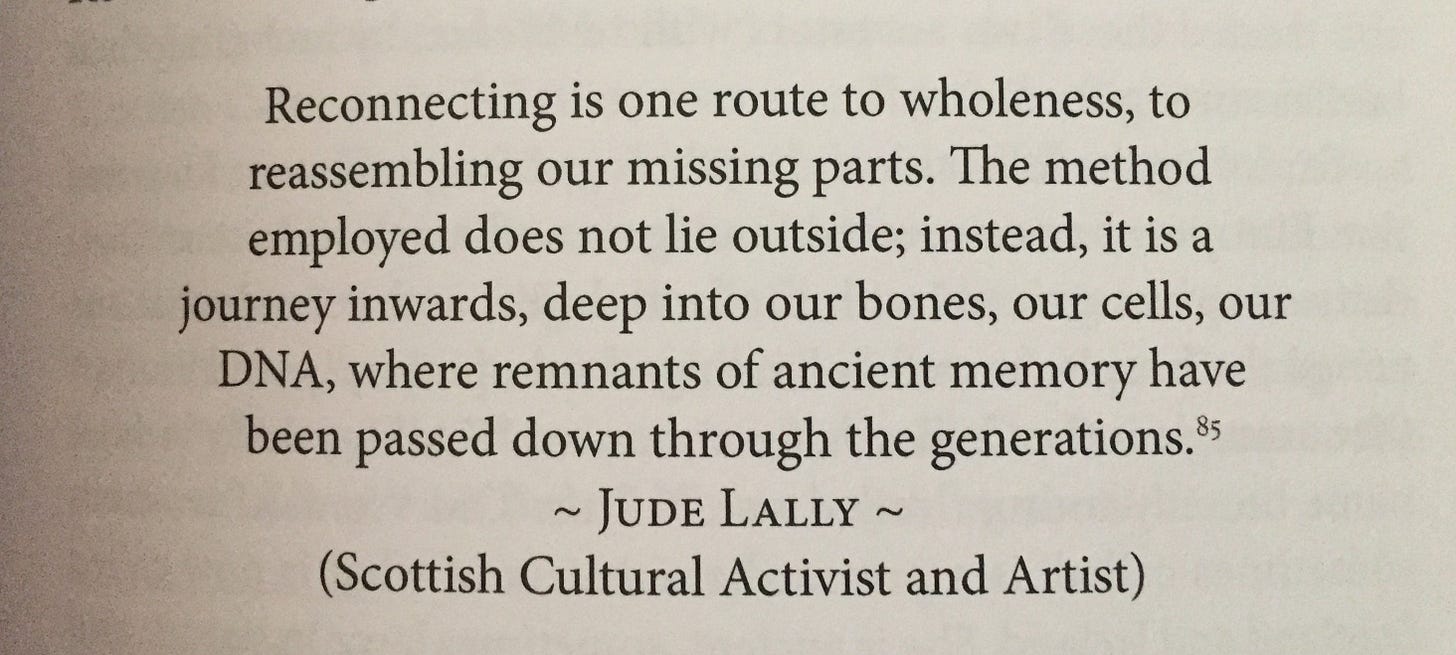
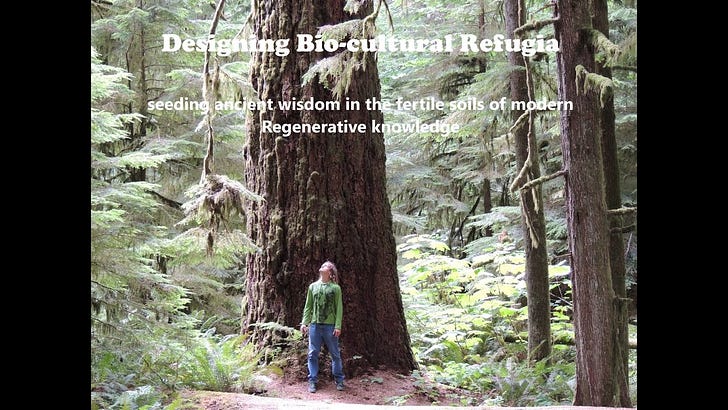
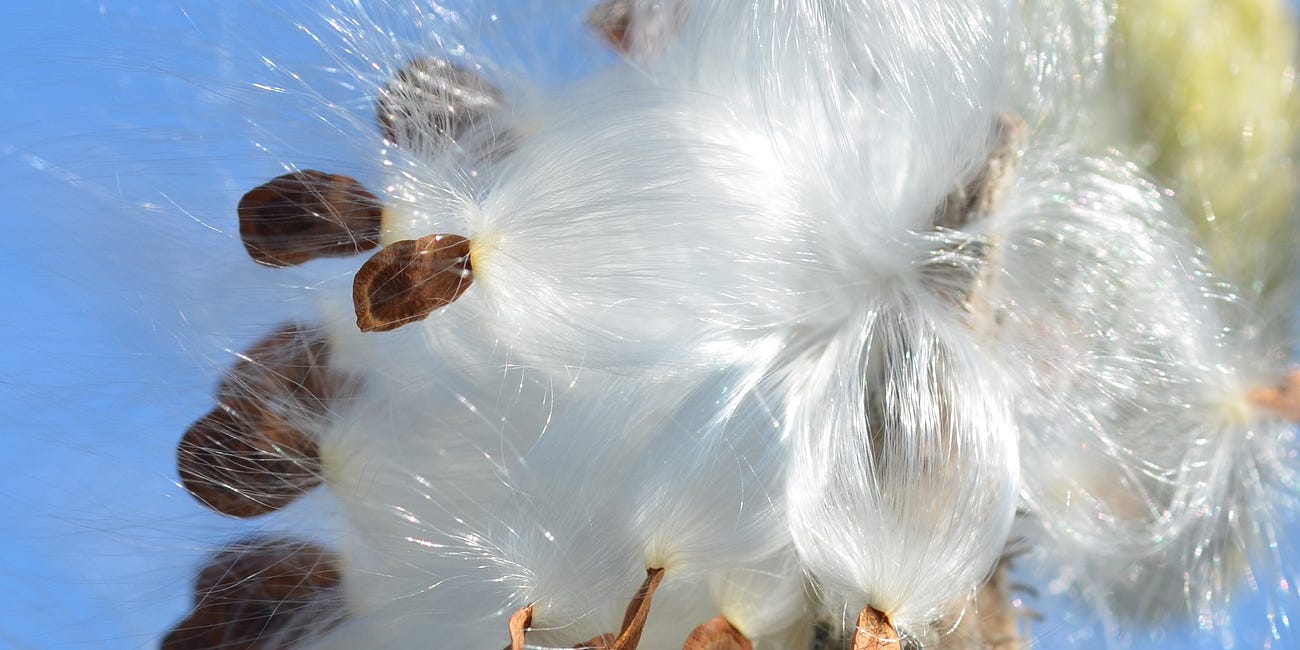


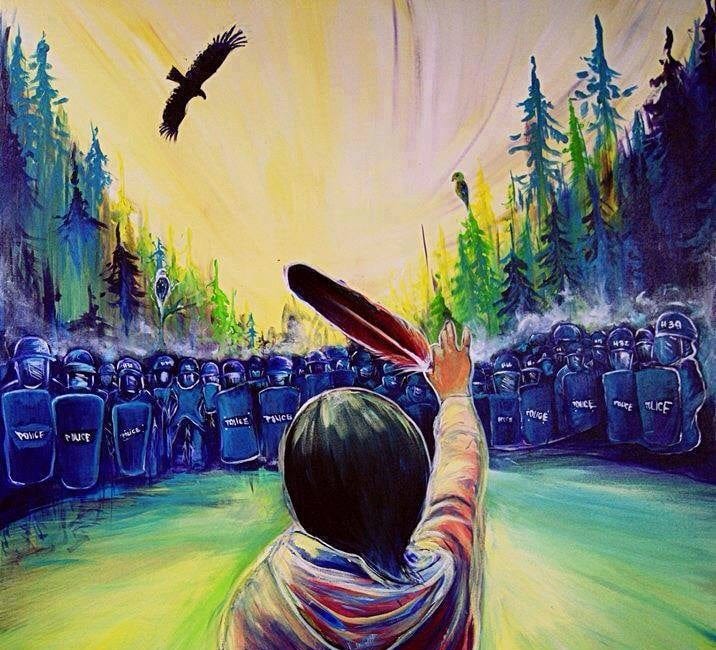
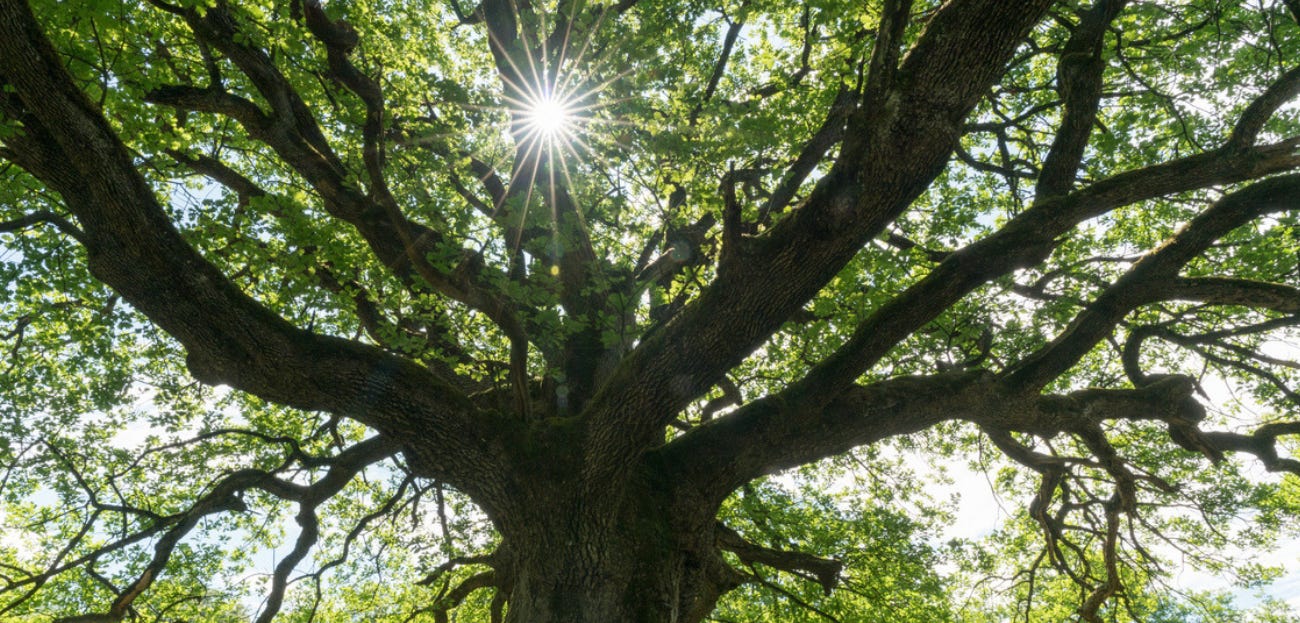

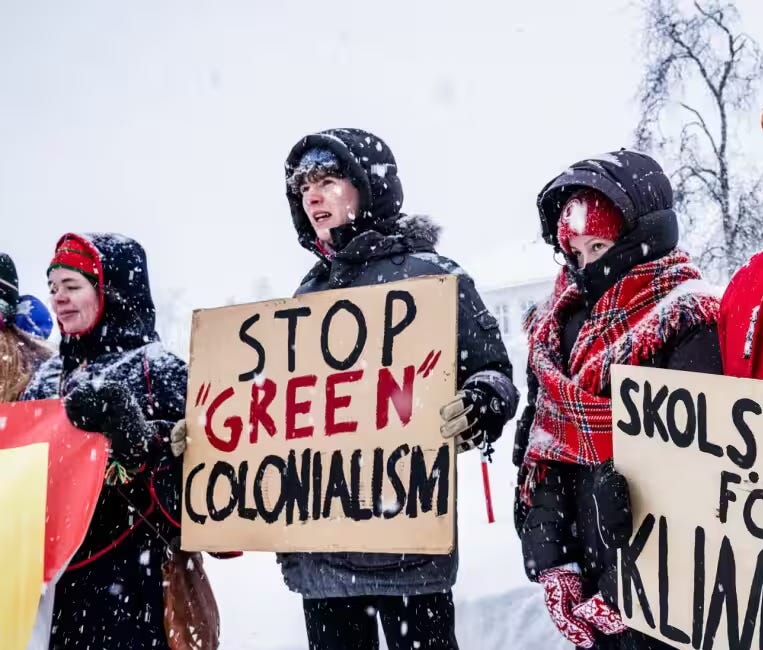






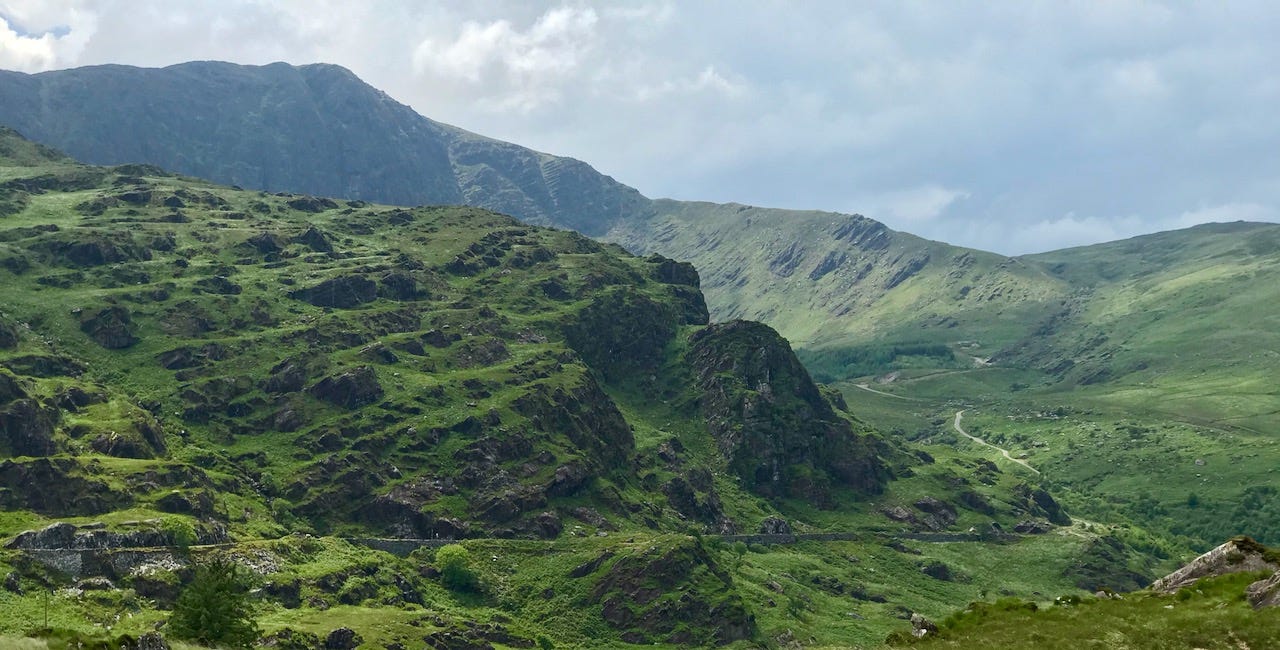

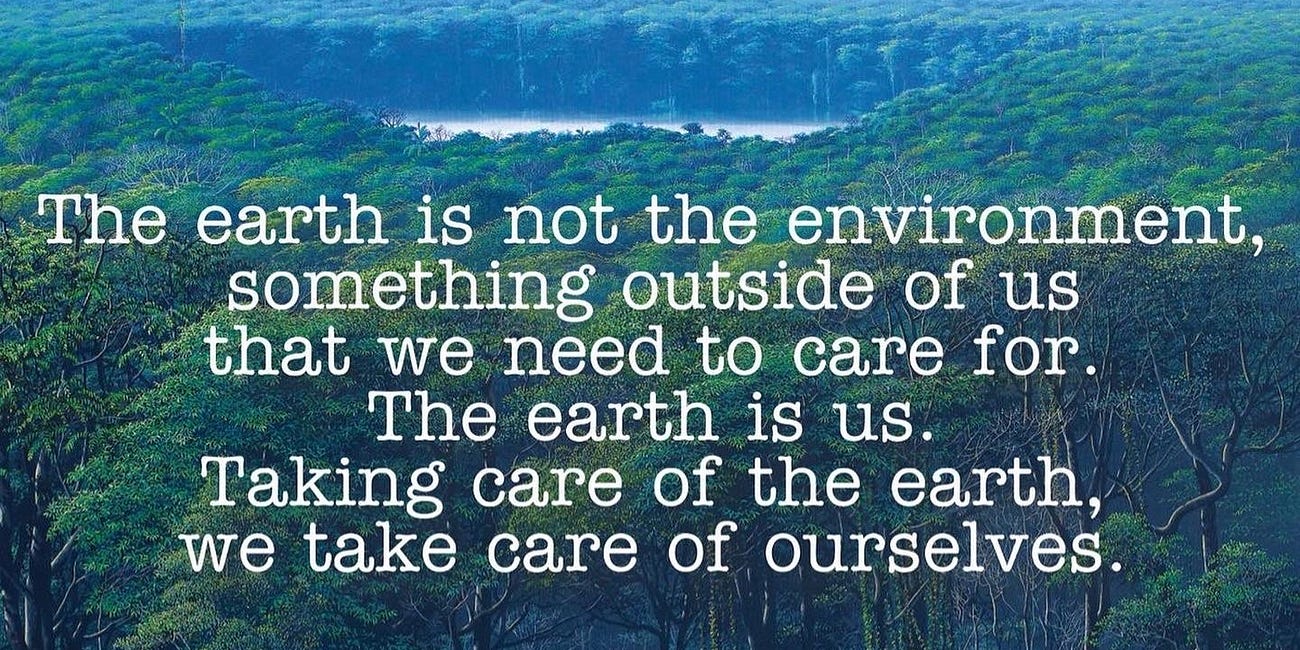




Thank you so much for this article/ archive!
I want to take the time to read it in depth as it adds so much richness and cross cultural context to my own knowledge of ancient woodlands in the UK. We need to protect old growth forests everywhere!
Thank you for this illuminating opportunity to learn so much more. It was a feast for spirit and growth. The weaponization of words I’ve been made aware of given the recent worldwide scam we’ve endured. I often pondered words and names and felt they were so ill fitting and wrong so your dive into this confirms my soul’s discomfort and distress. Much gratitude to you for sharing your gained wisdom.